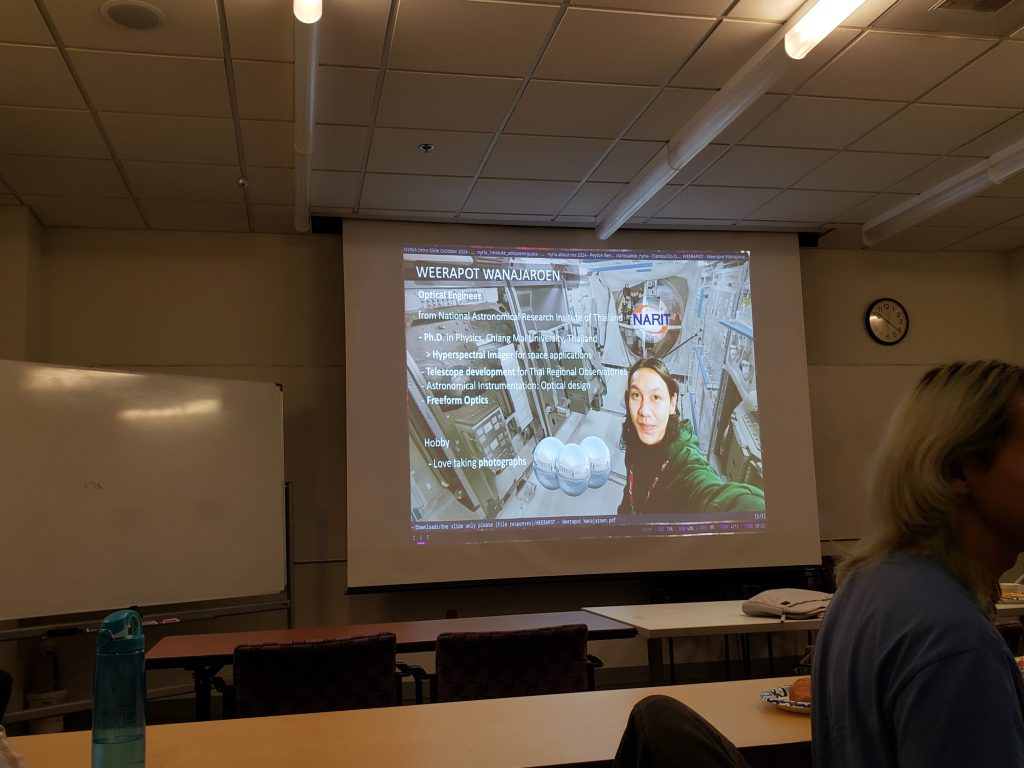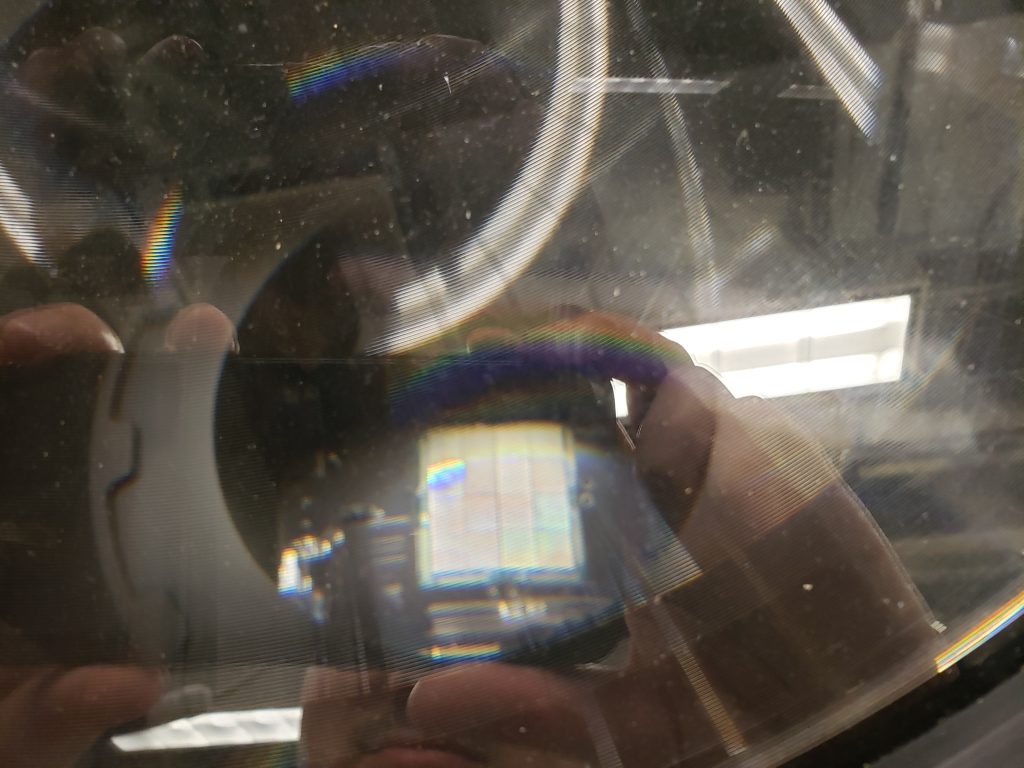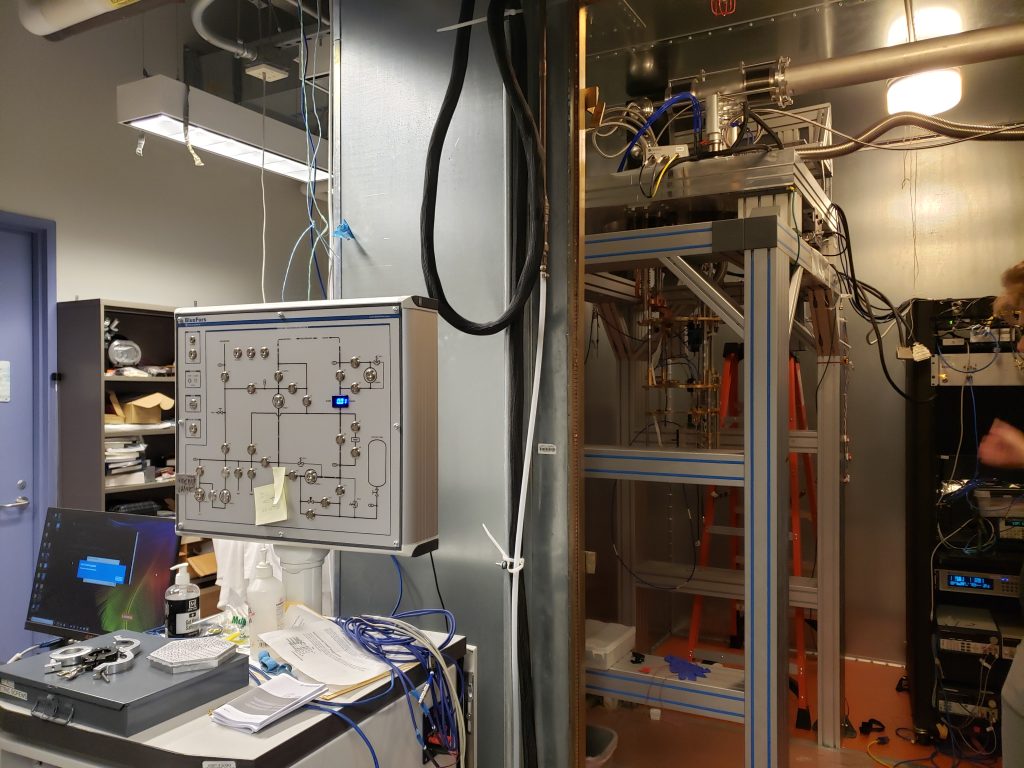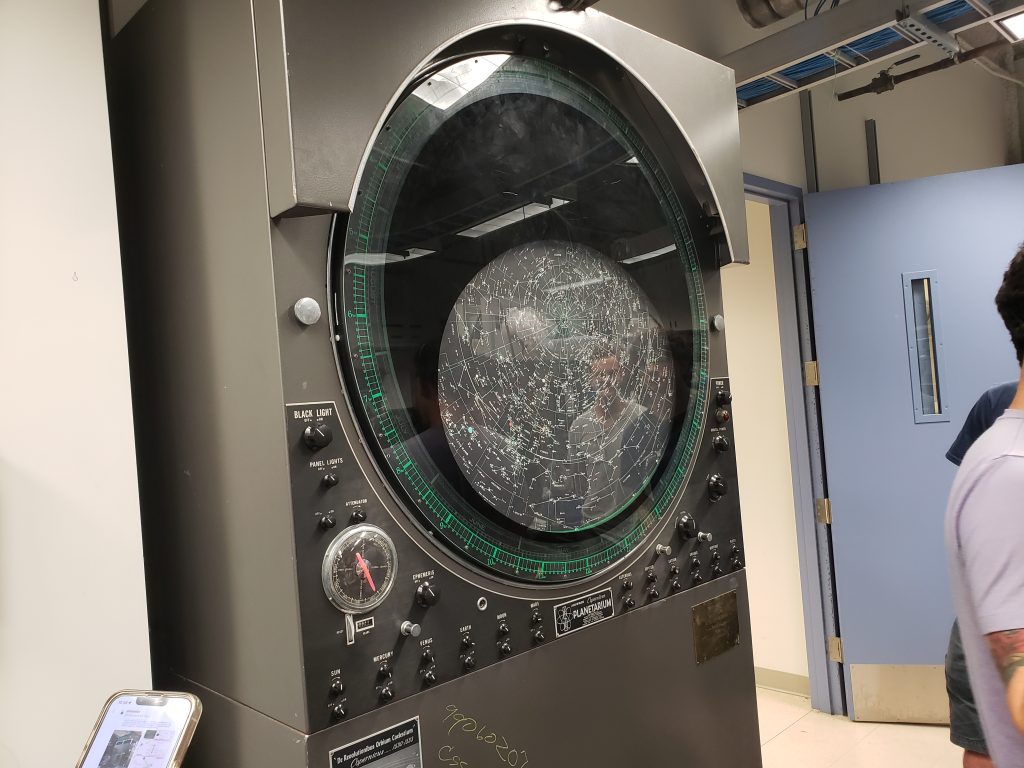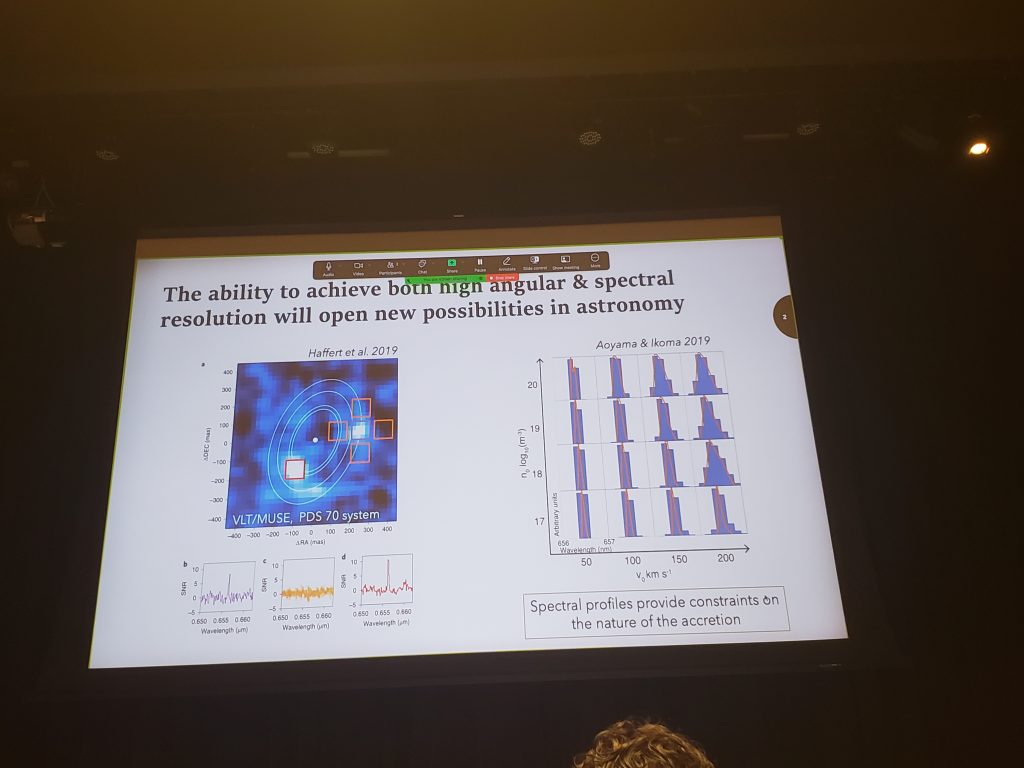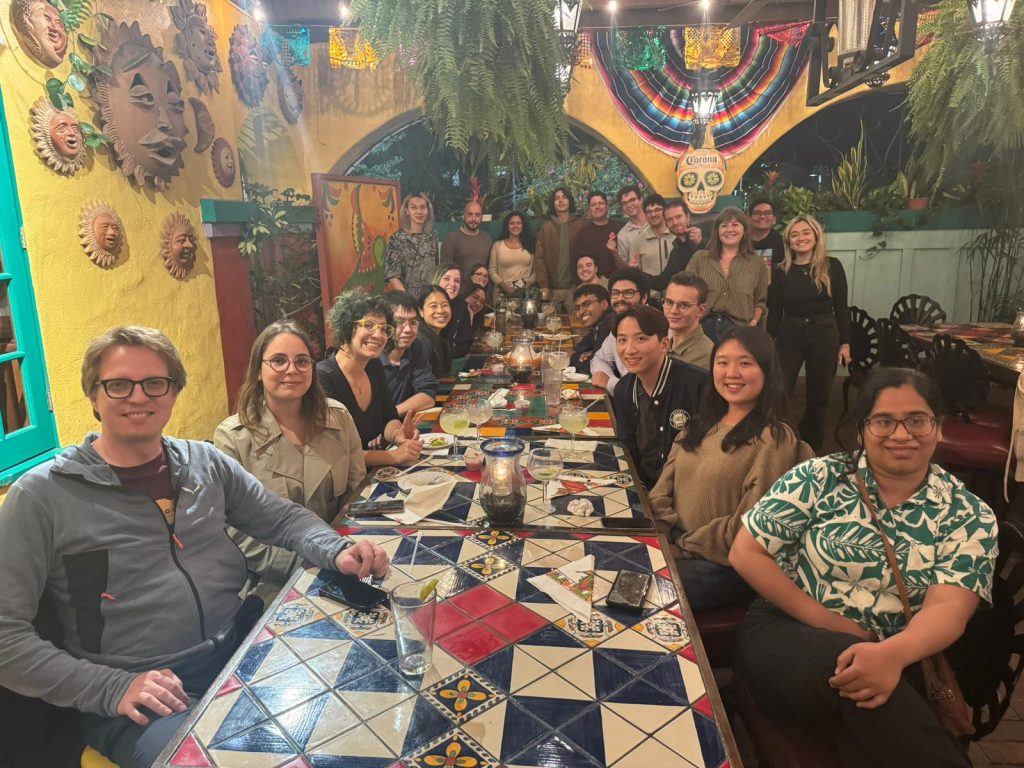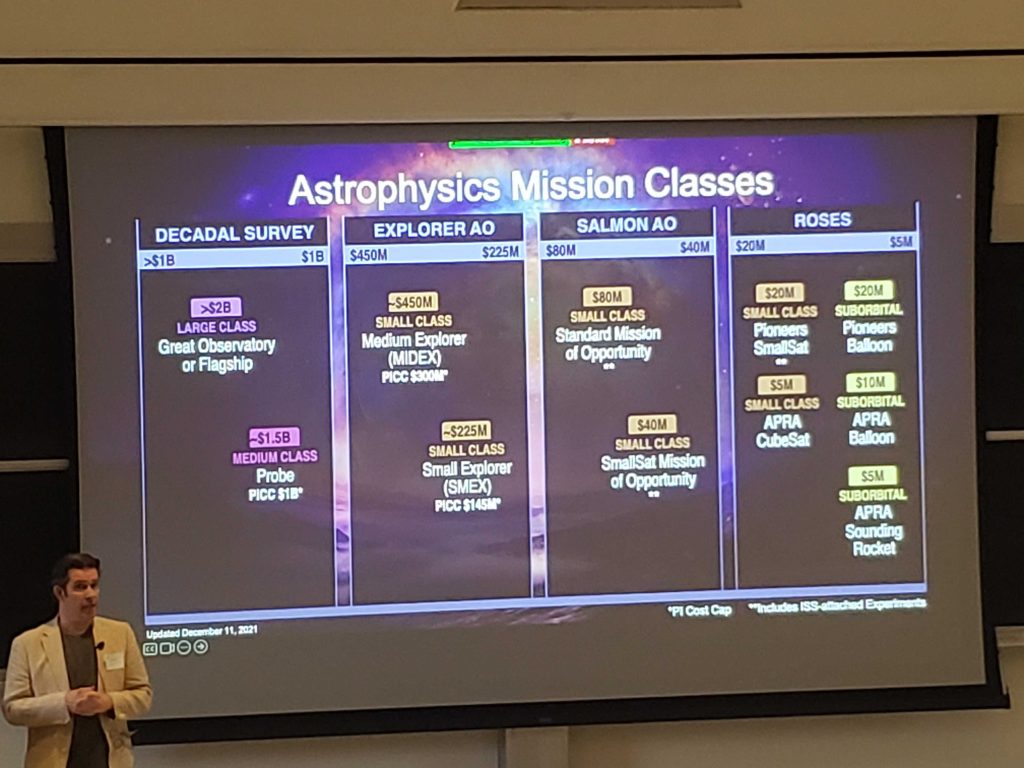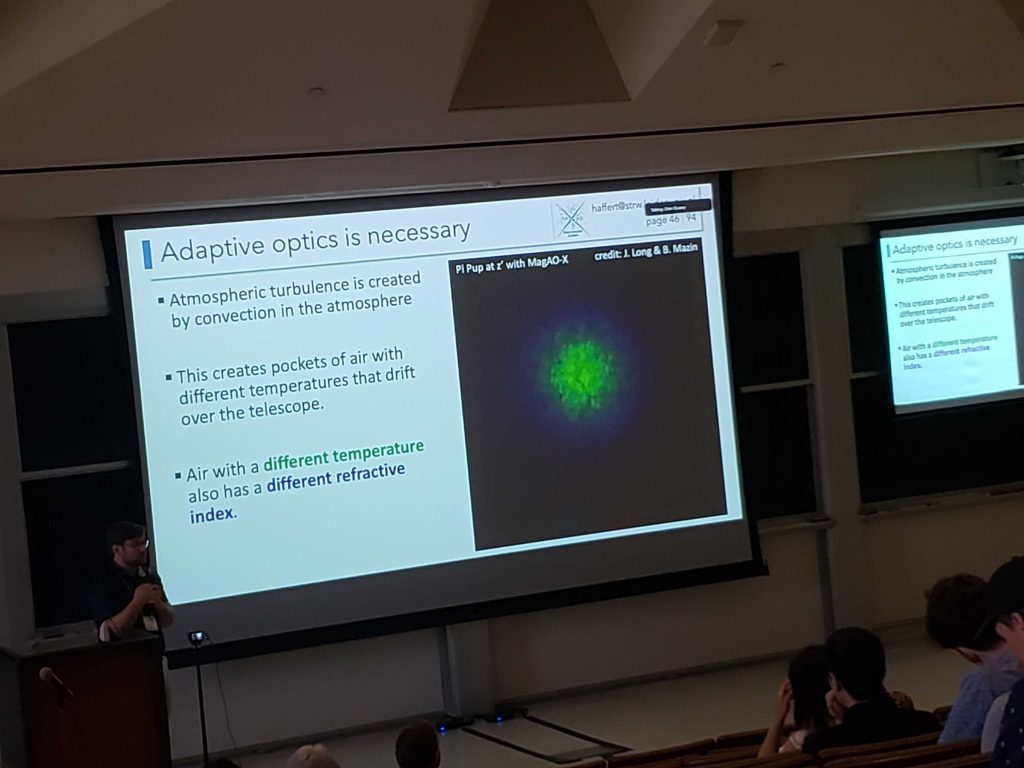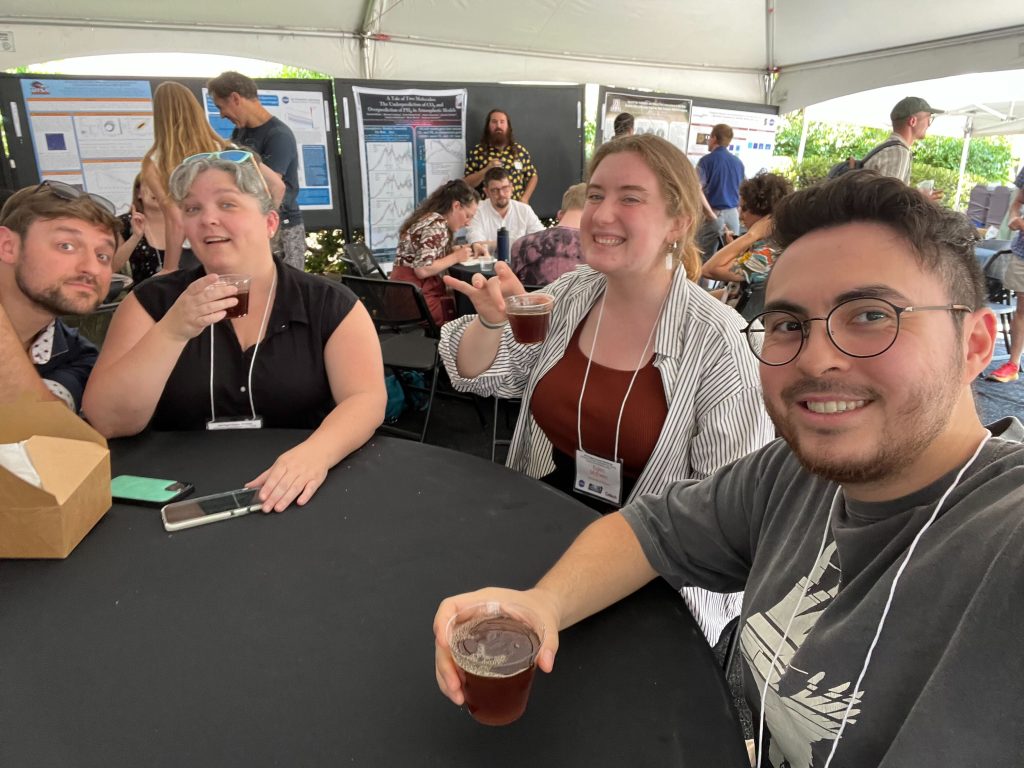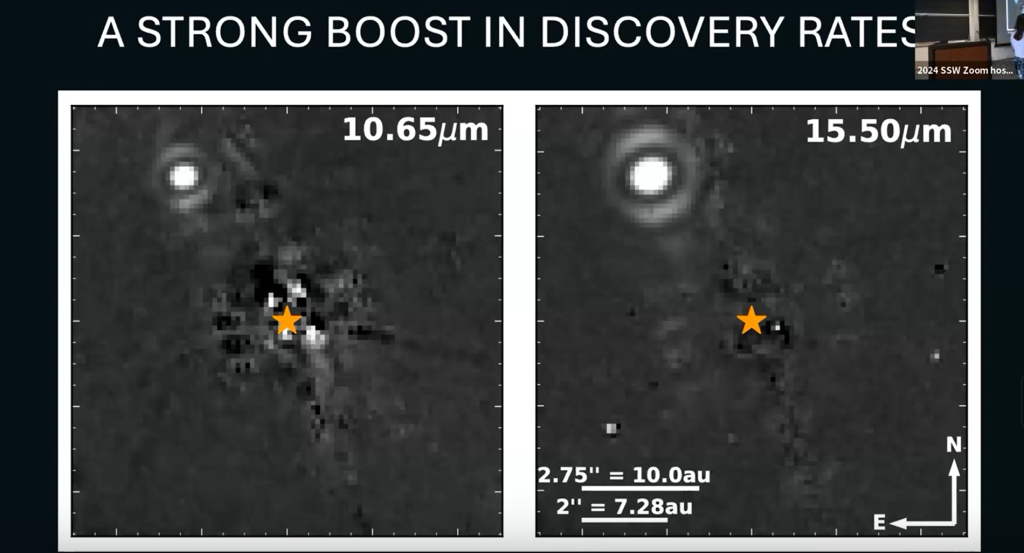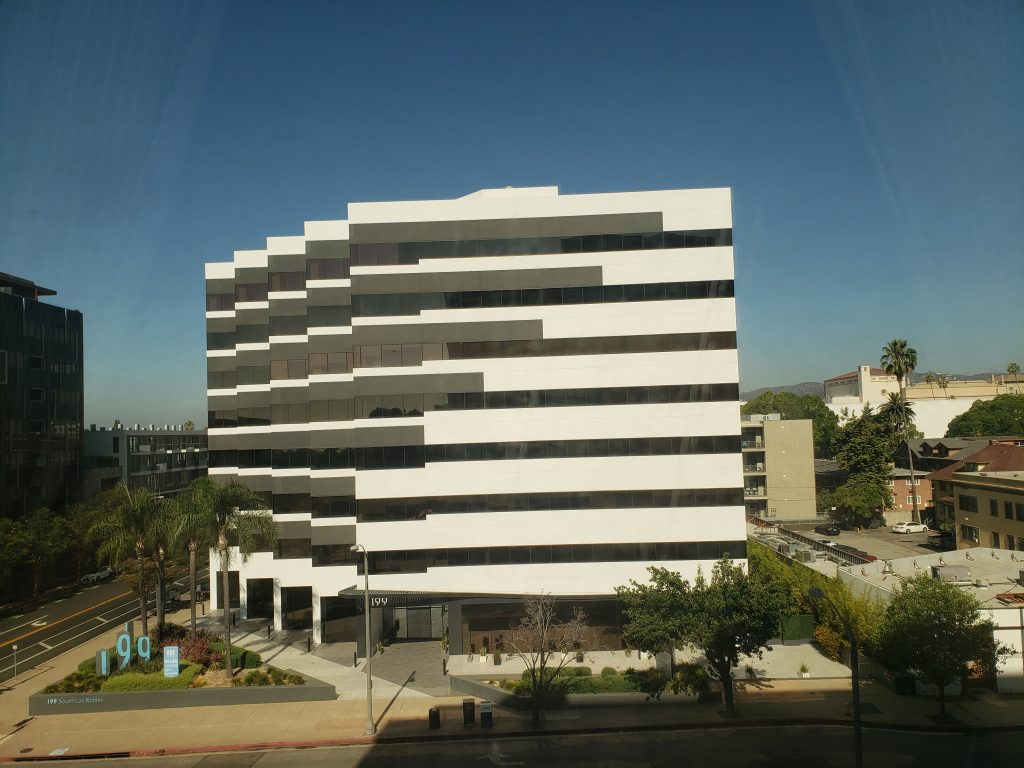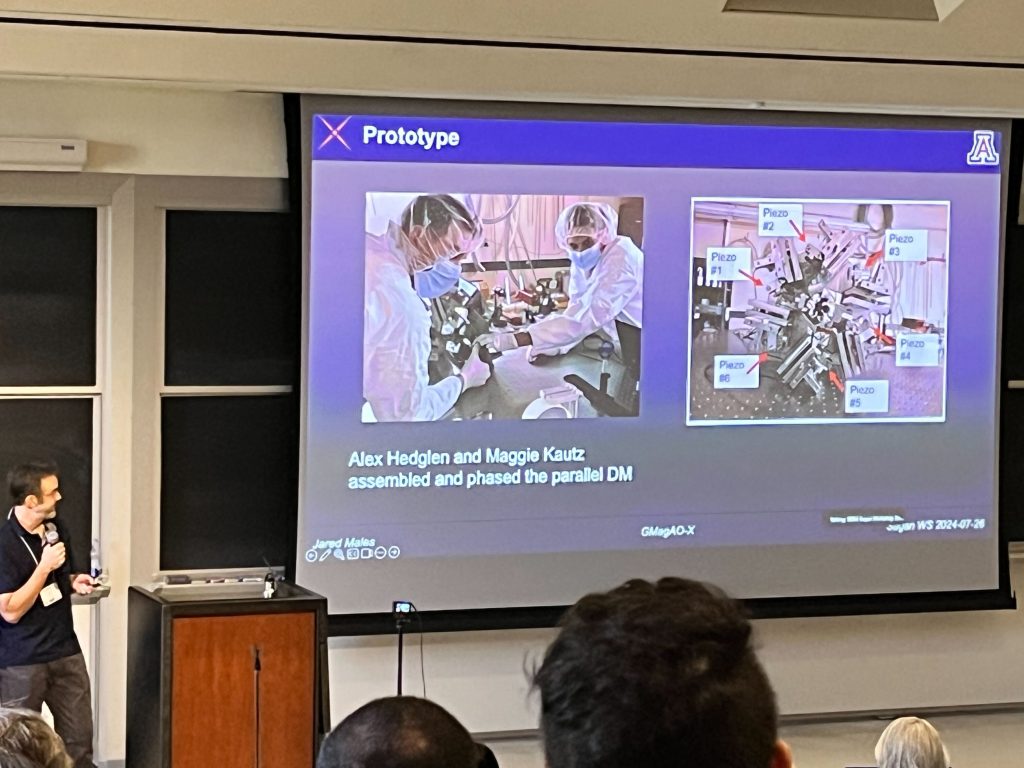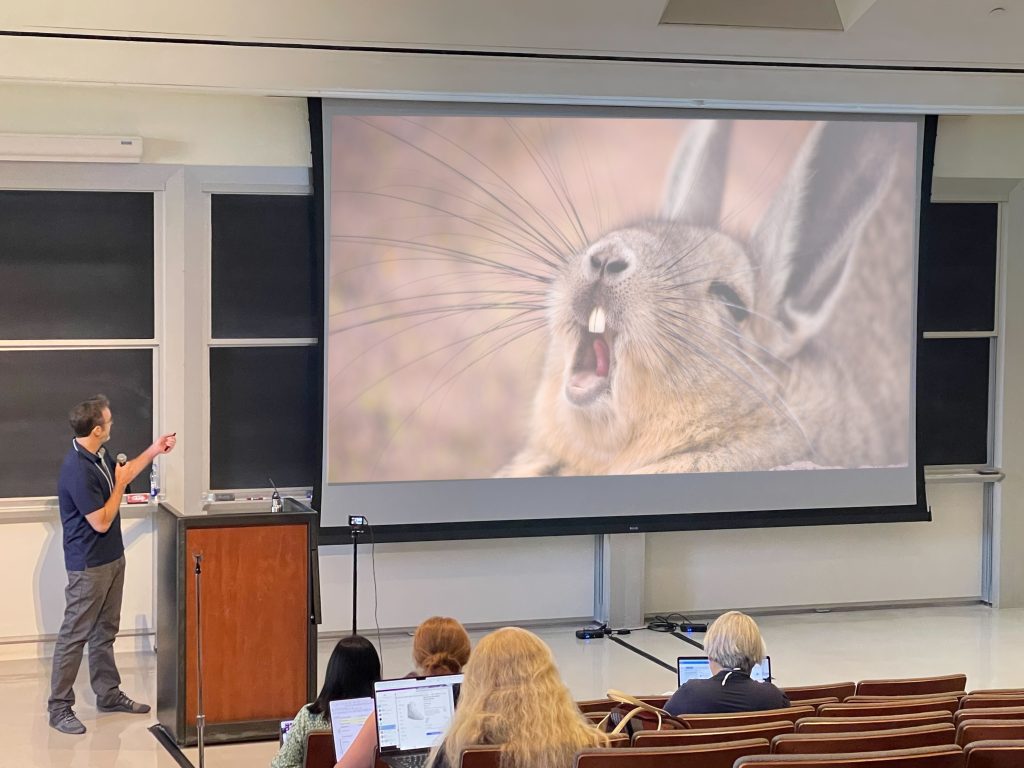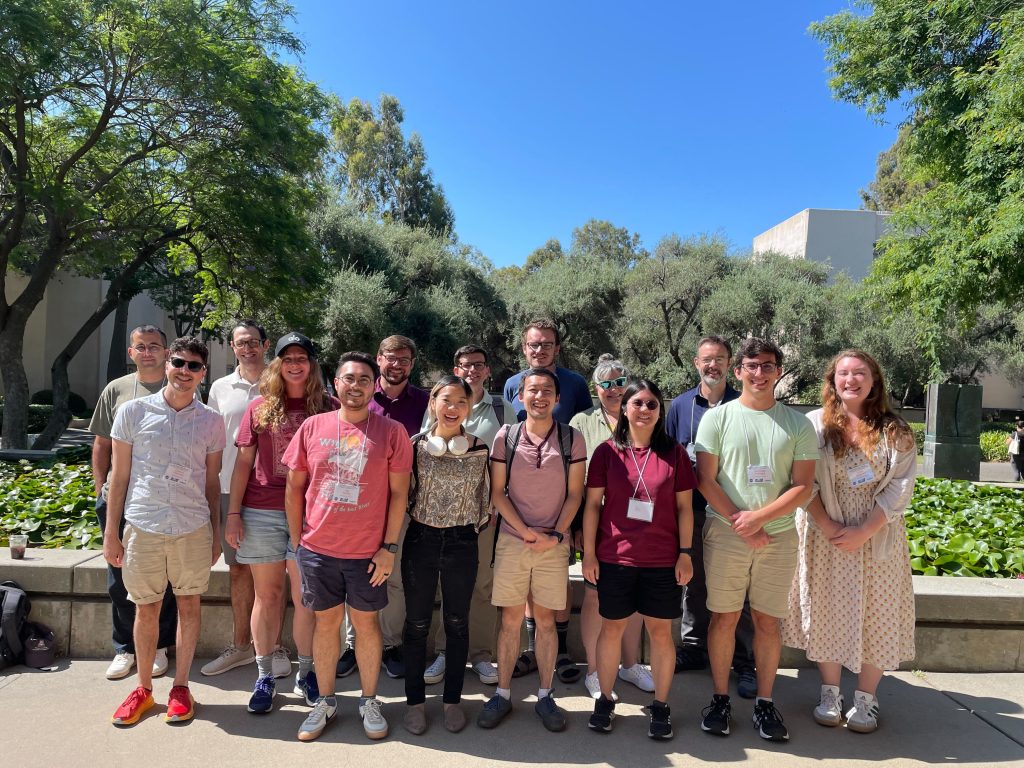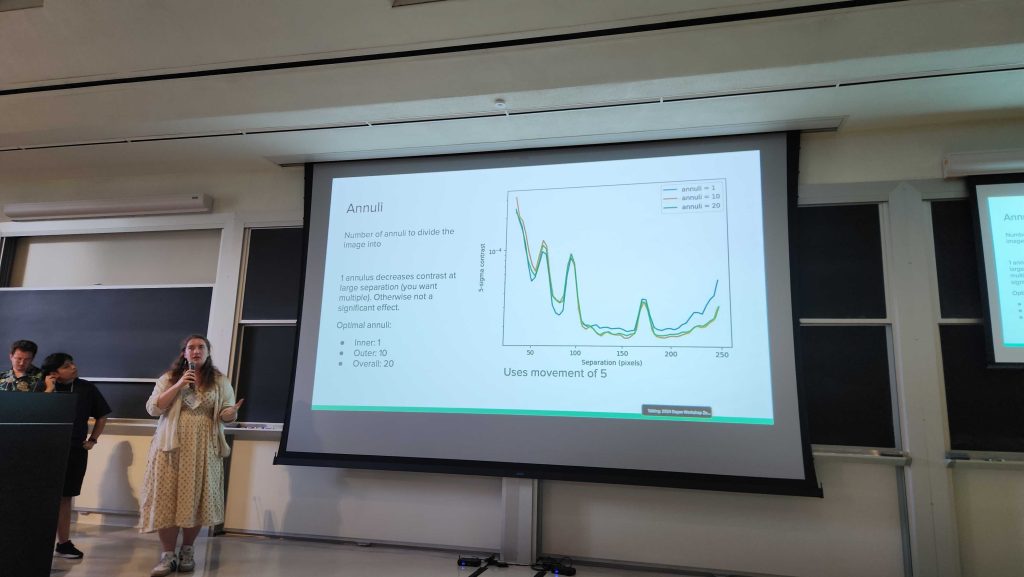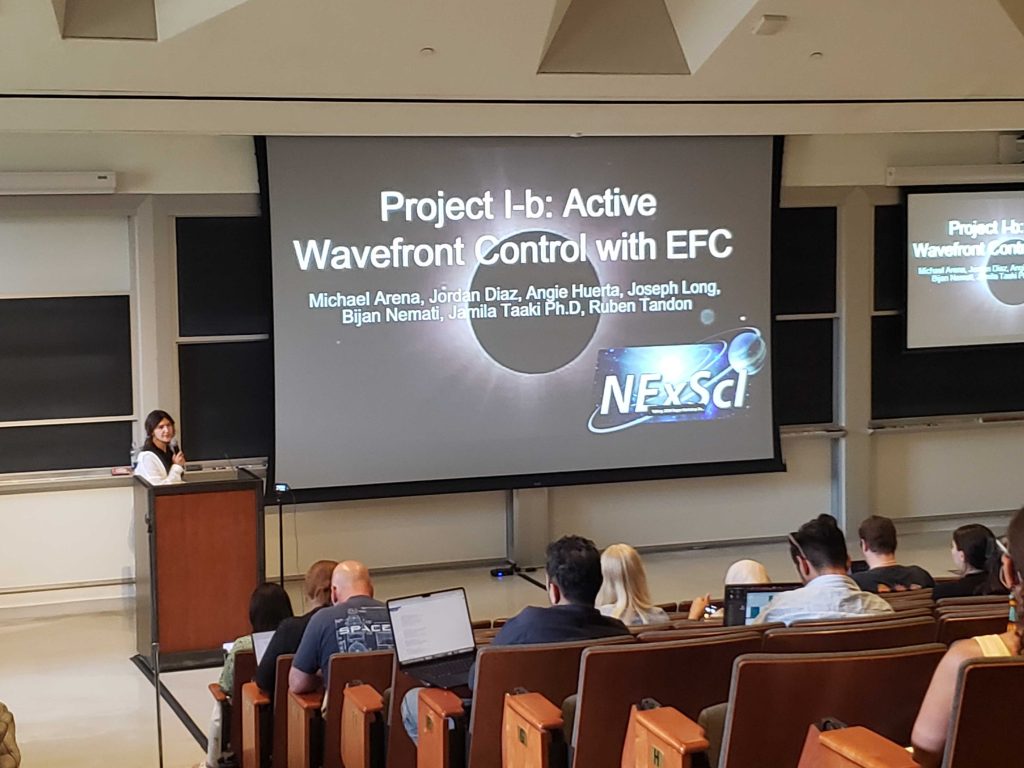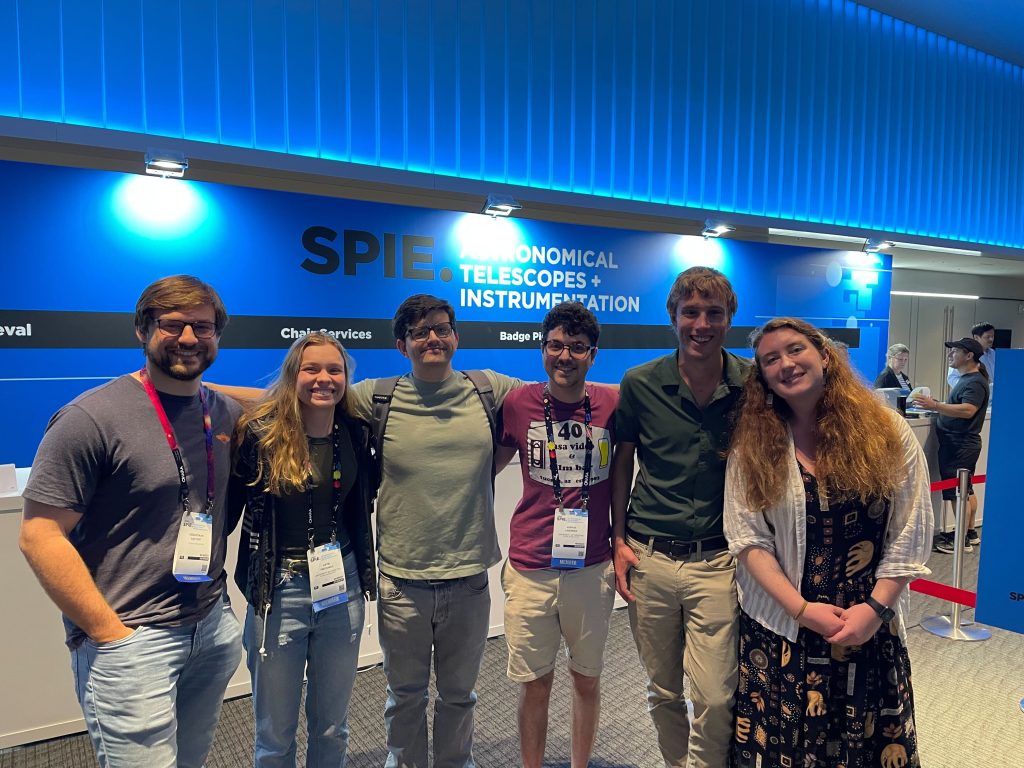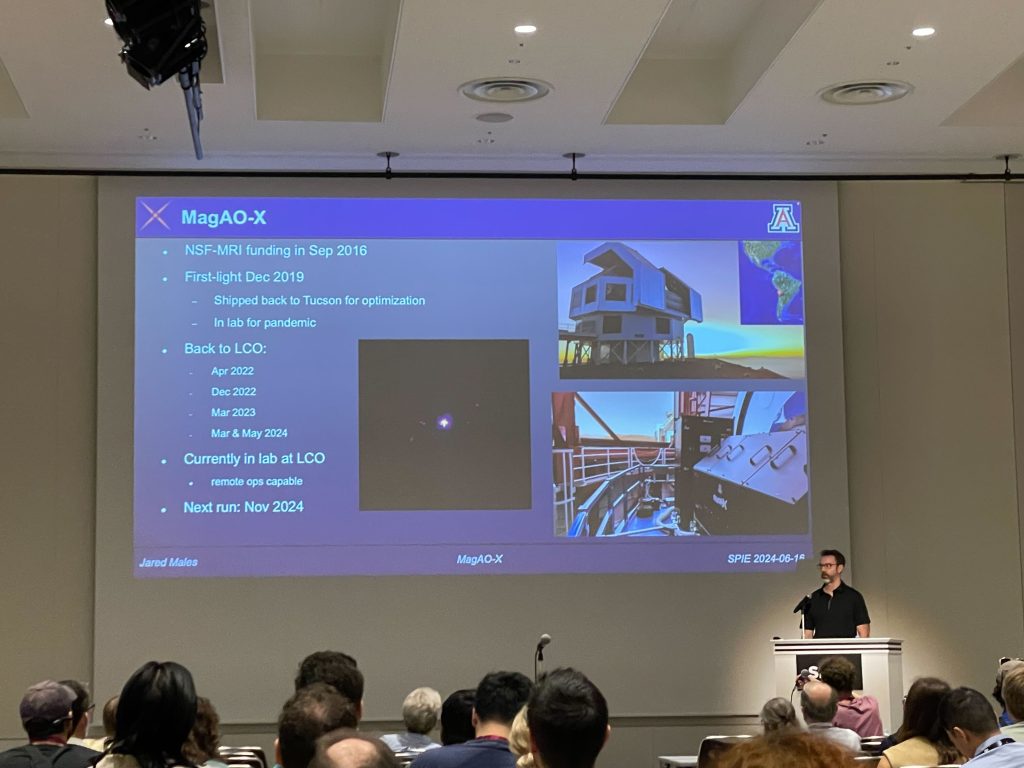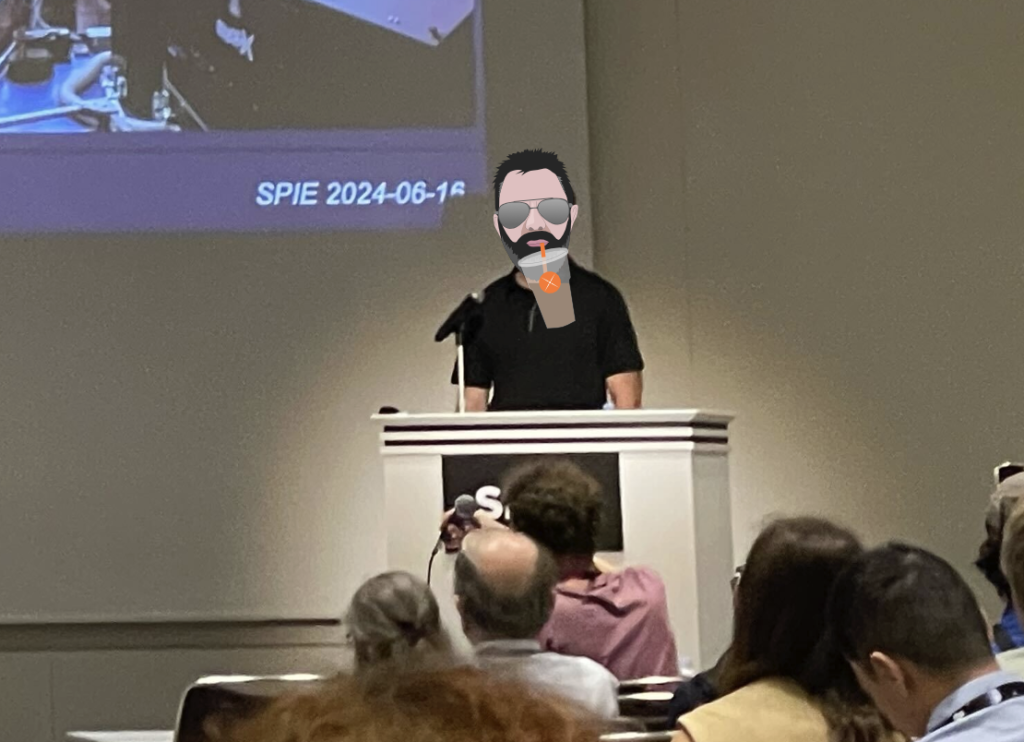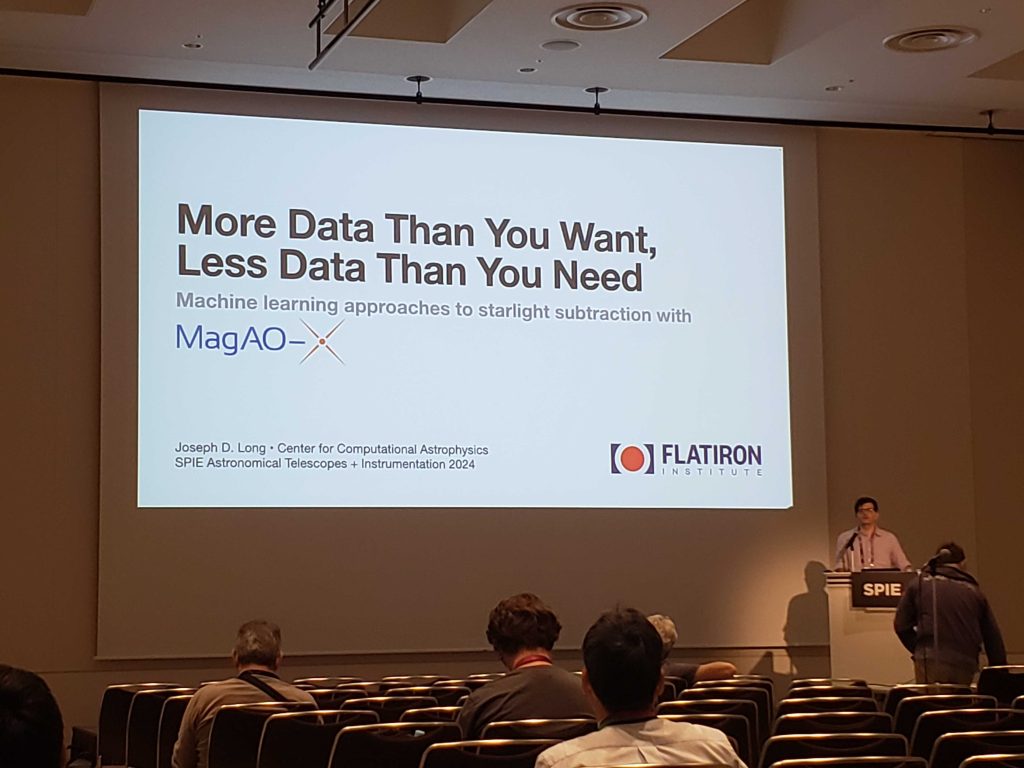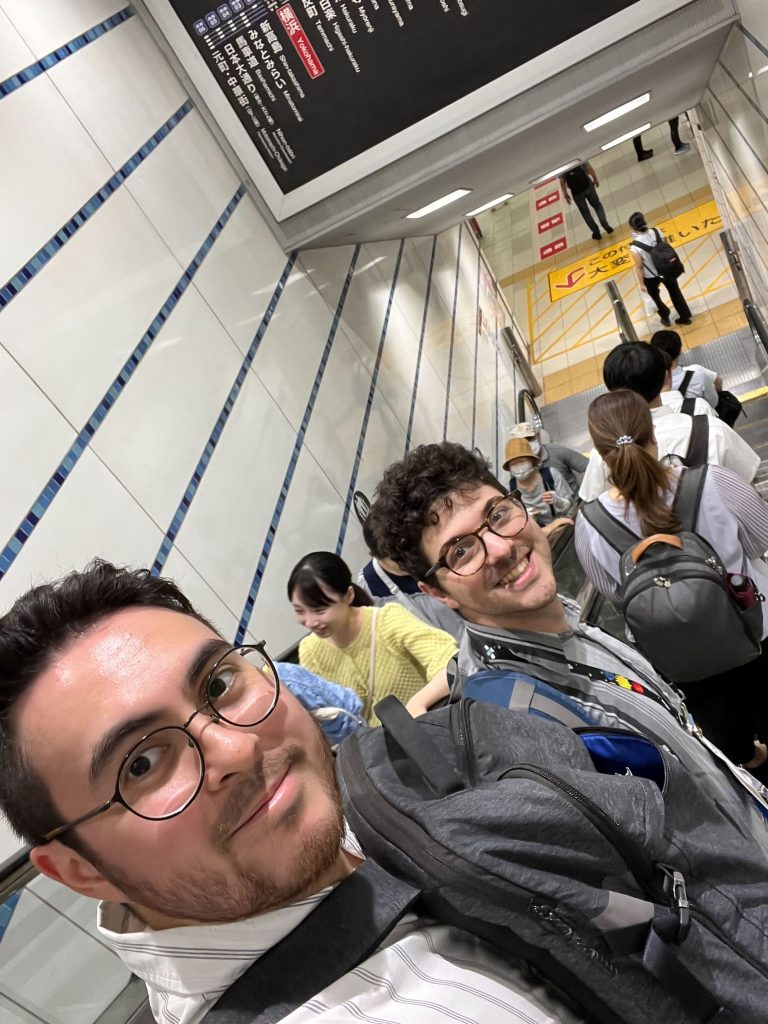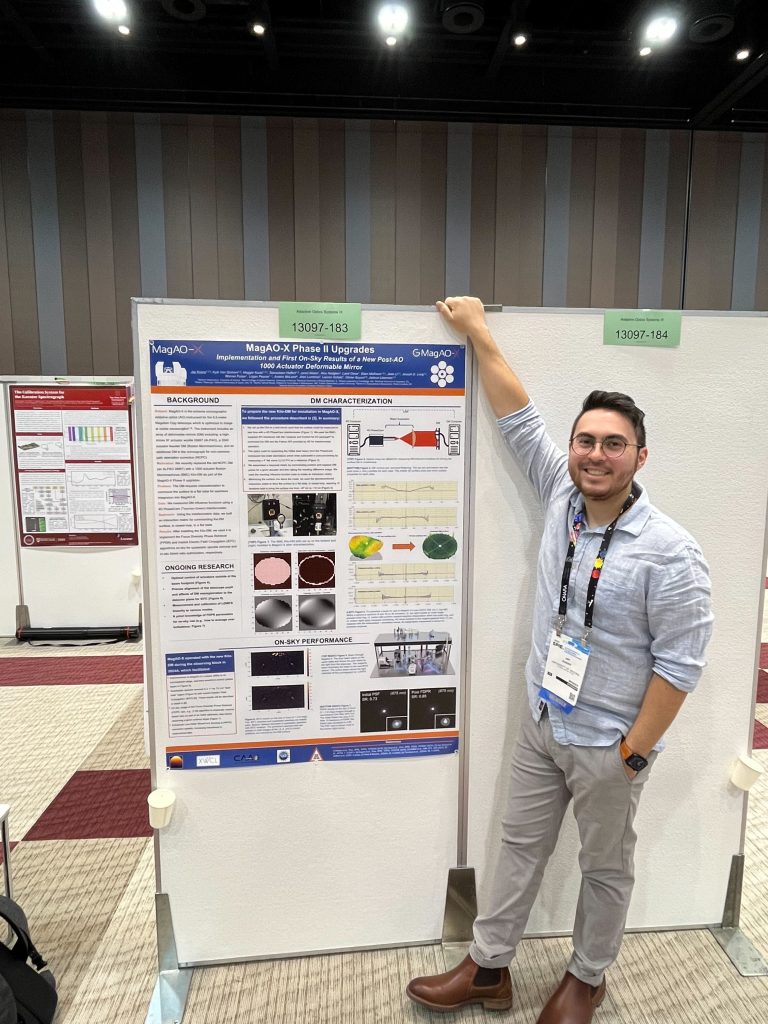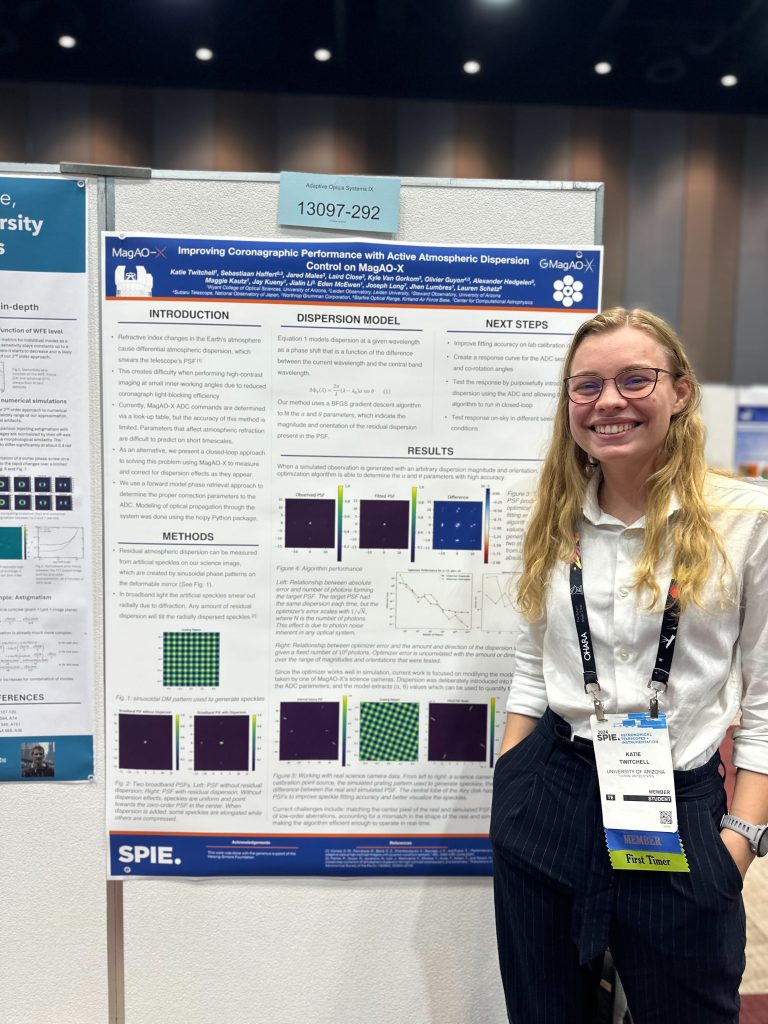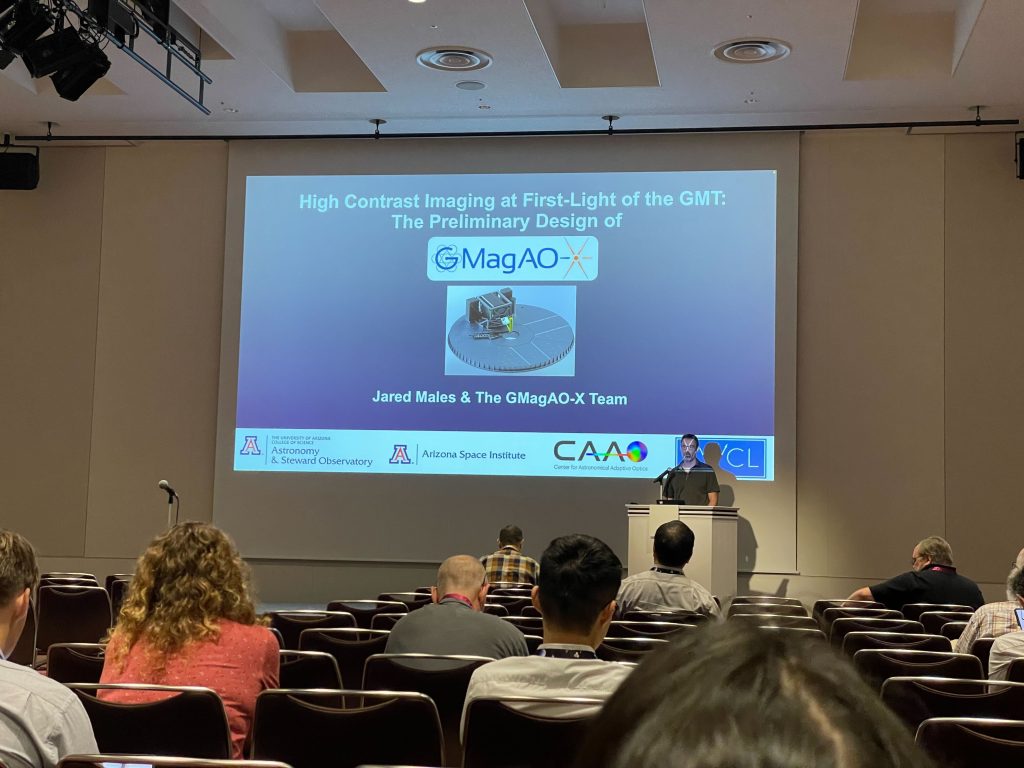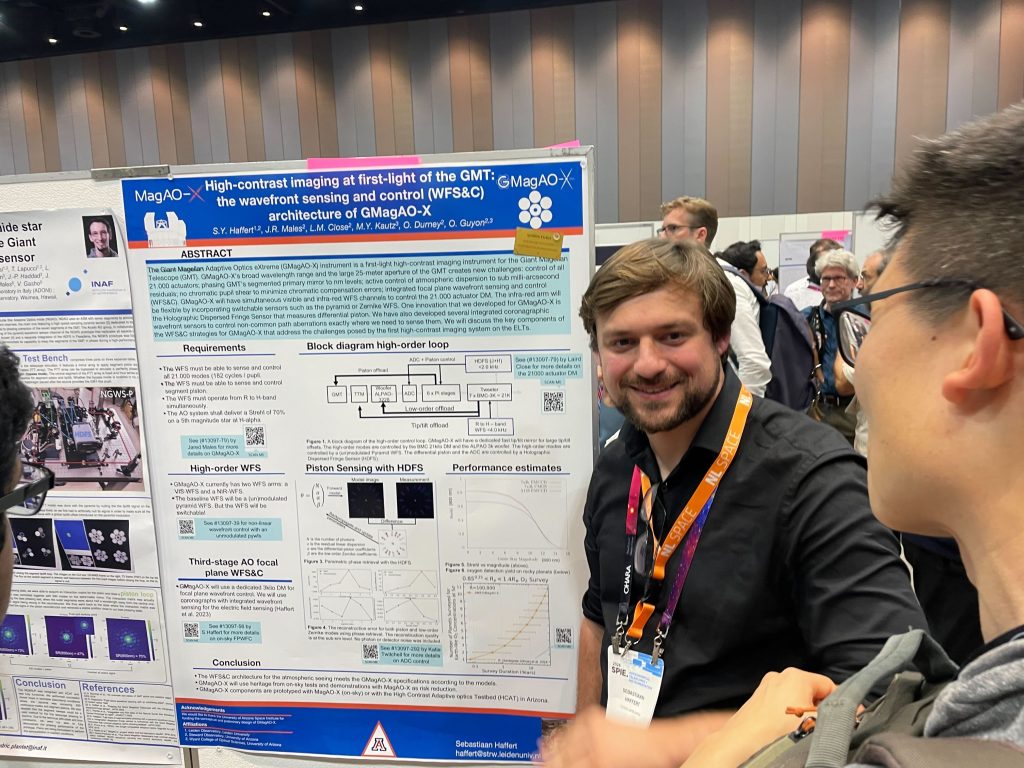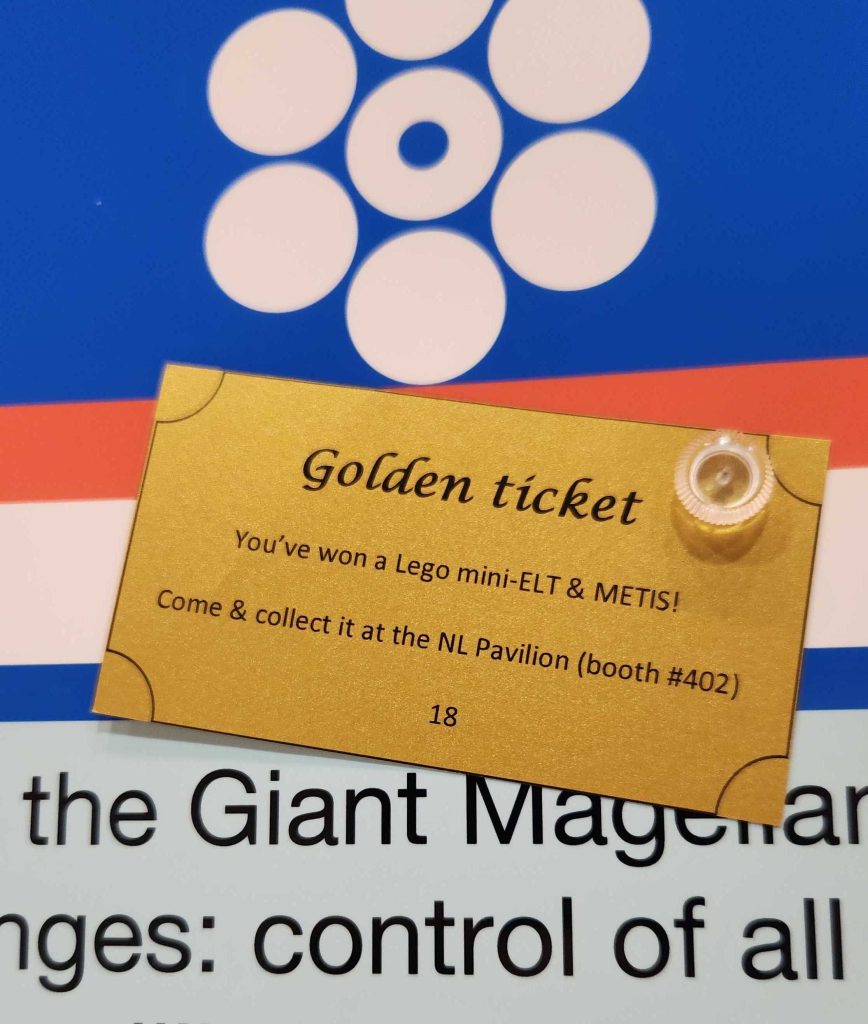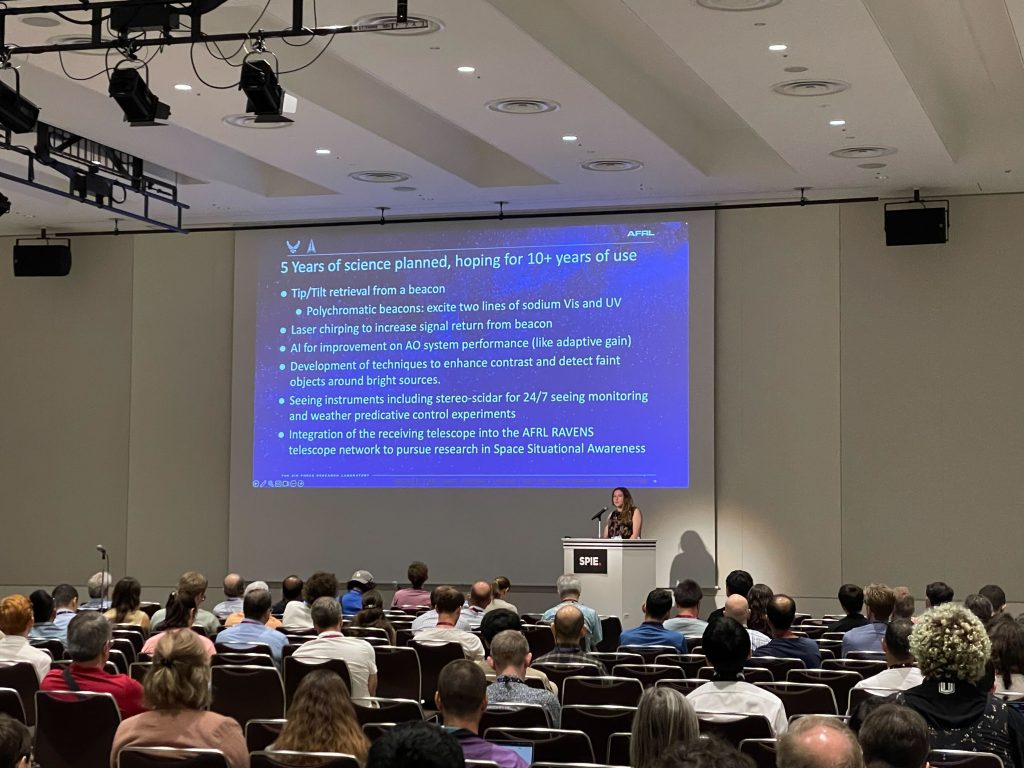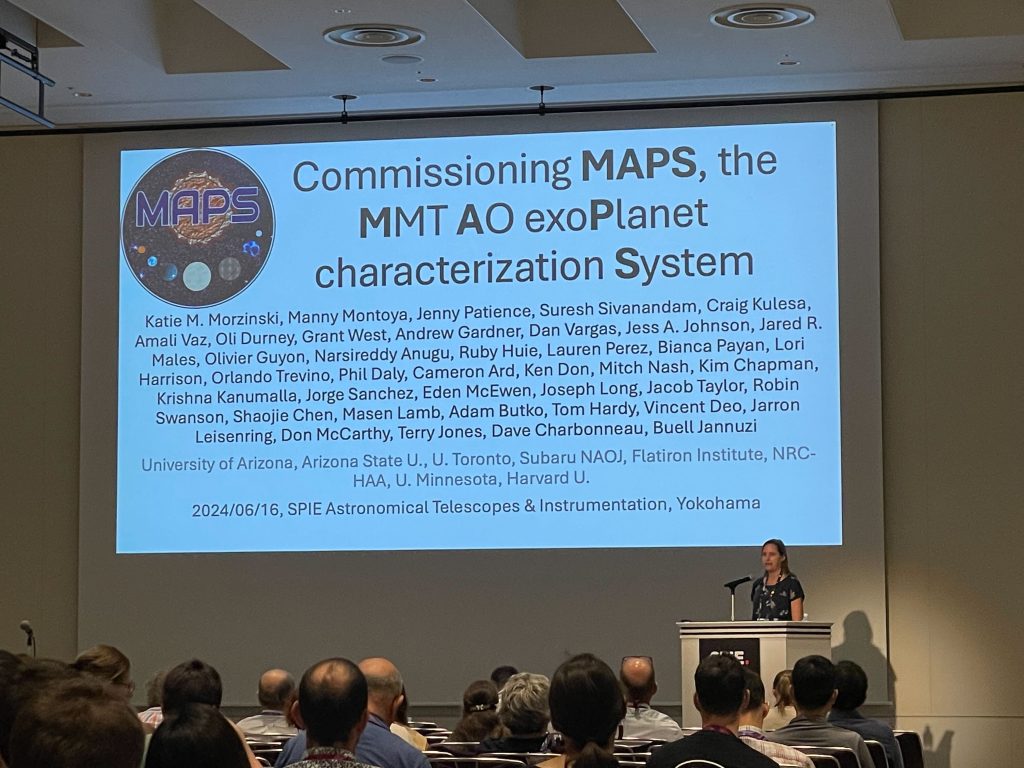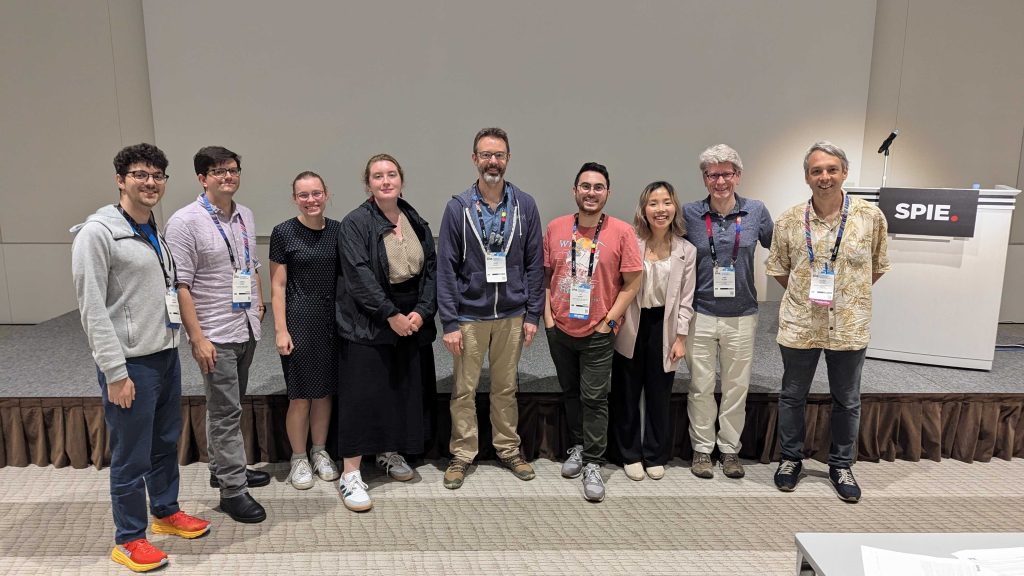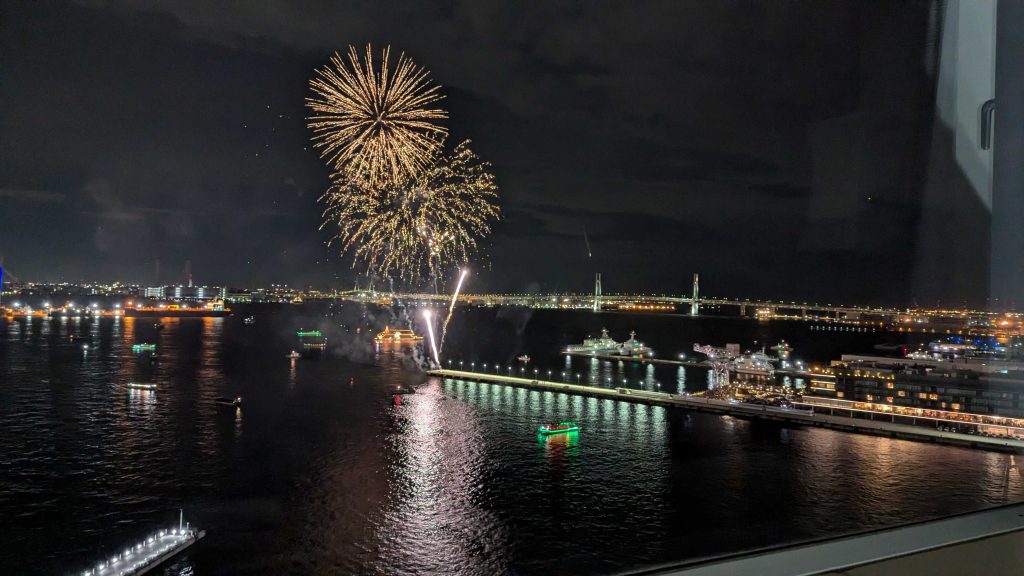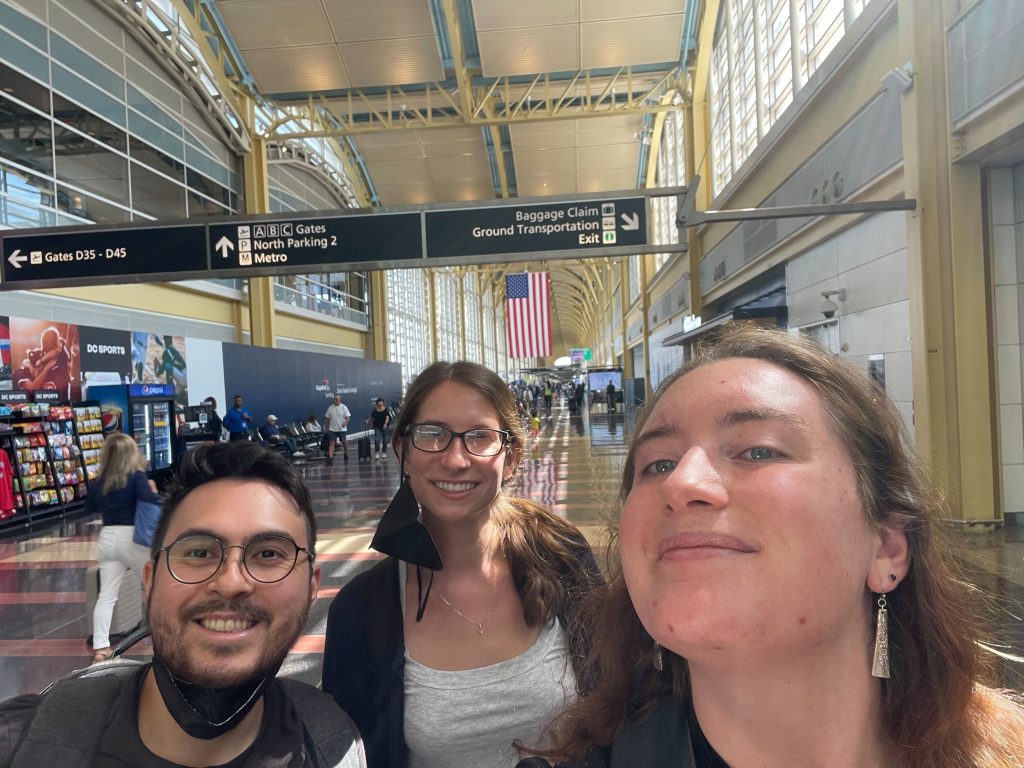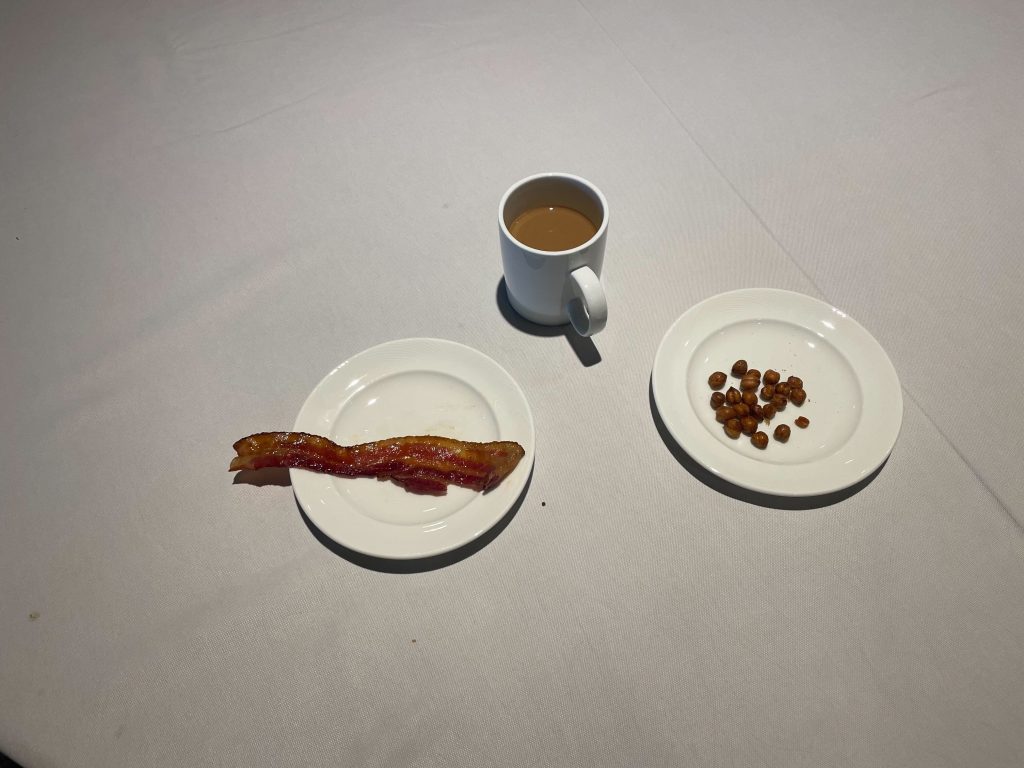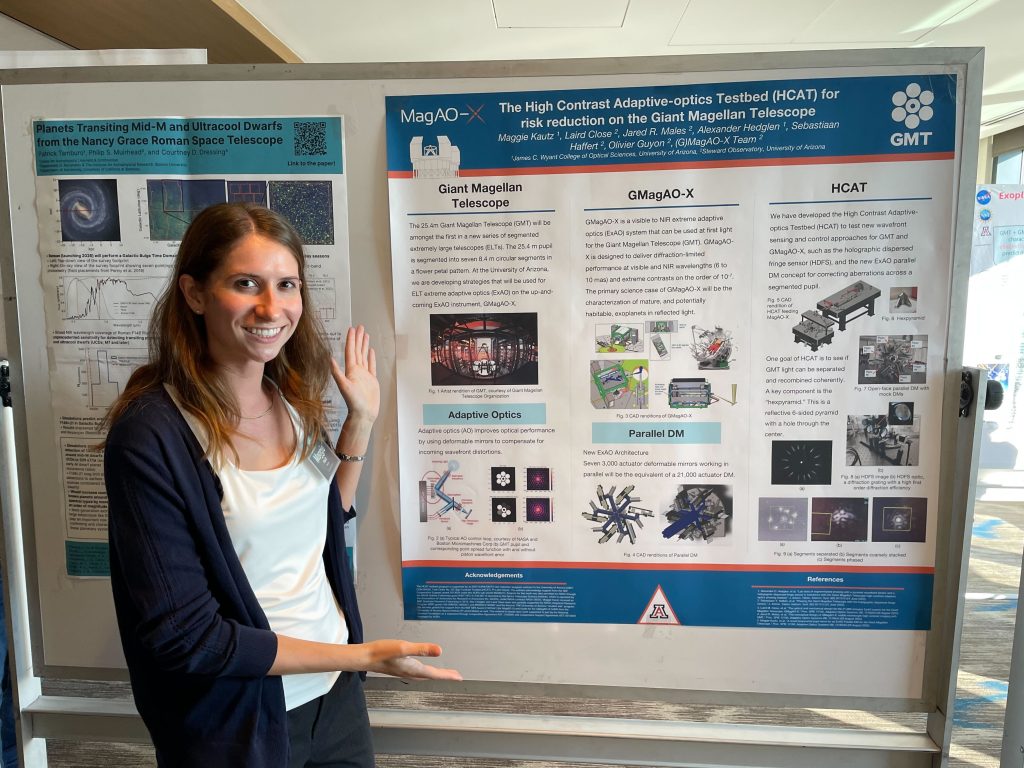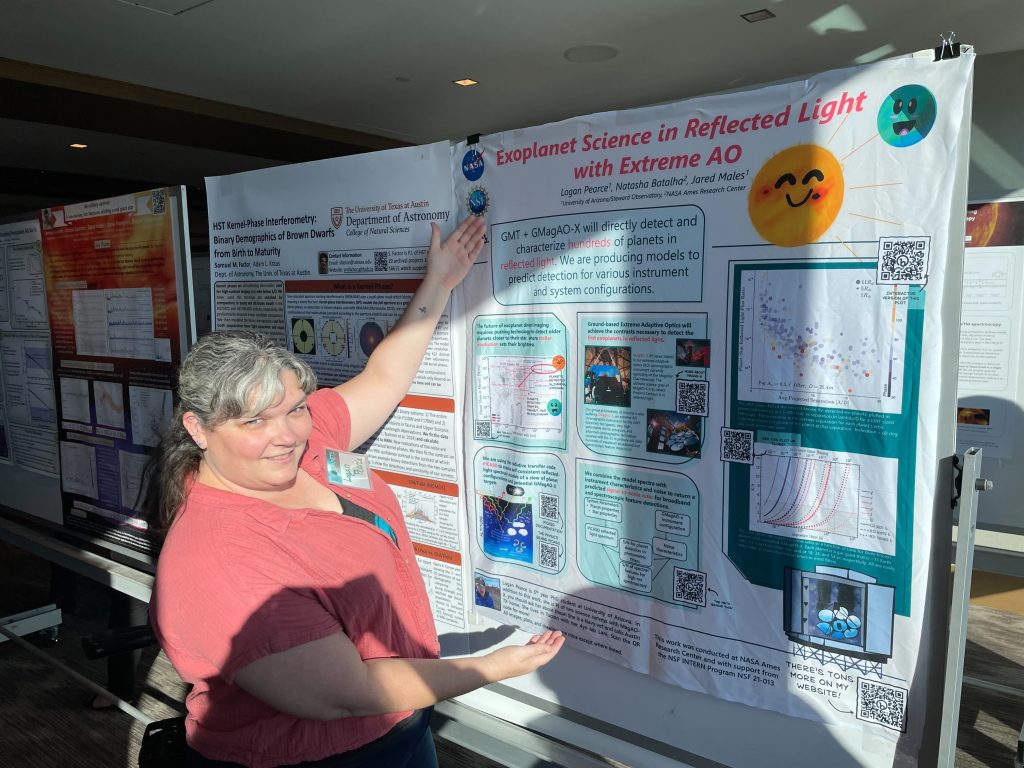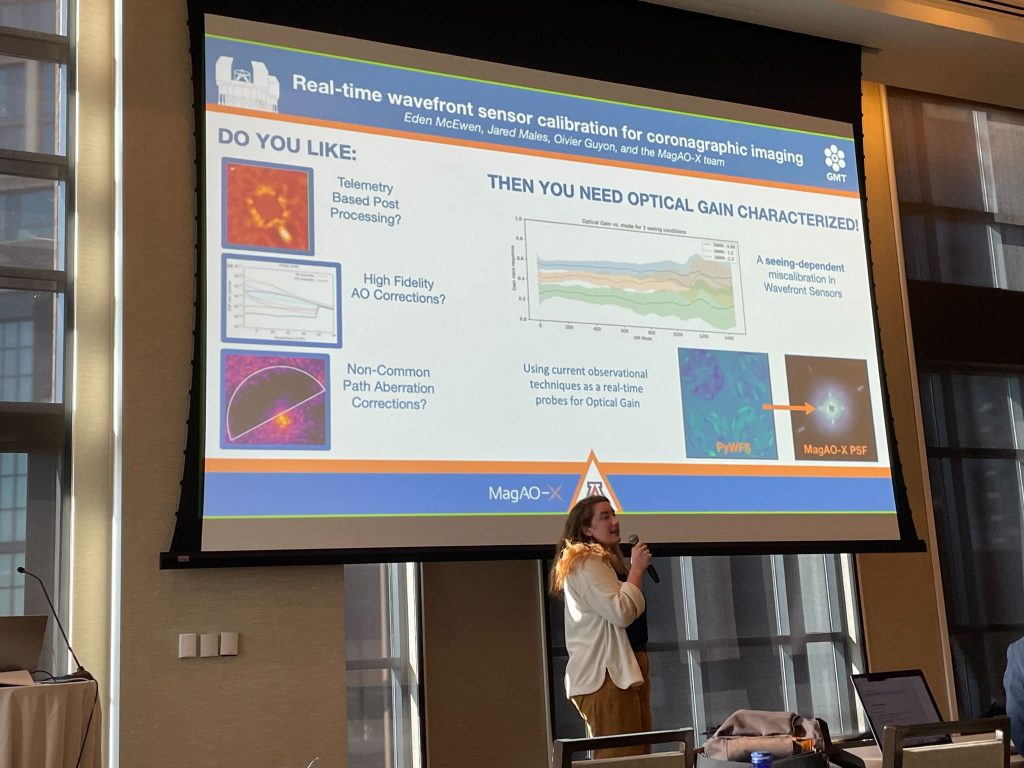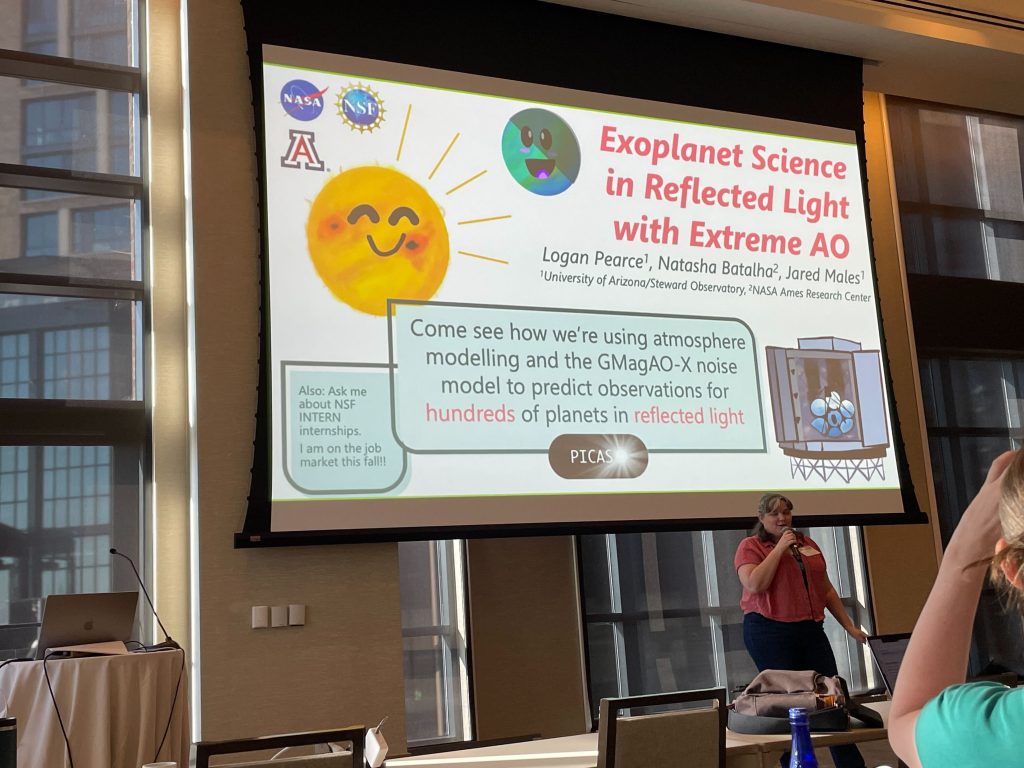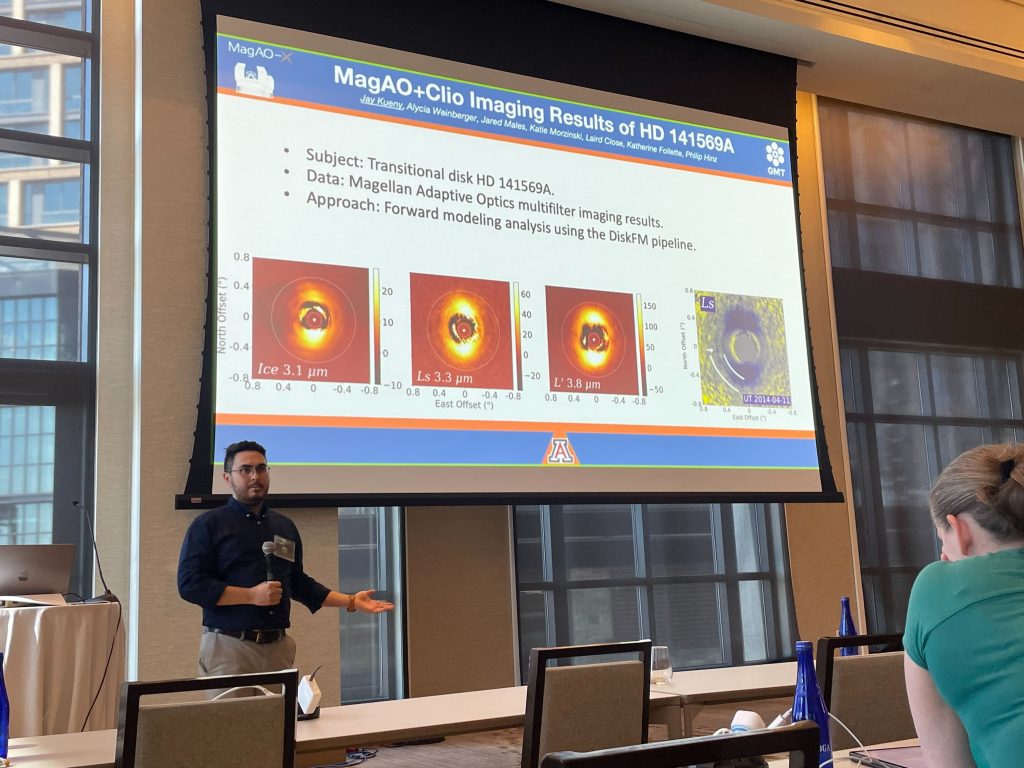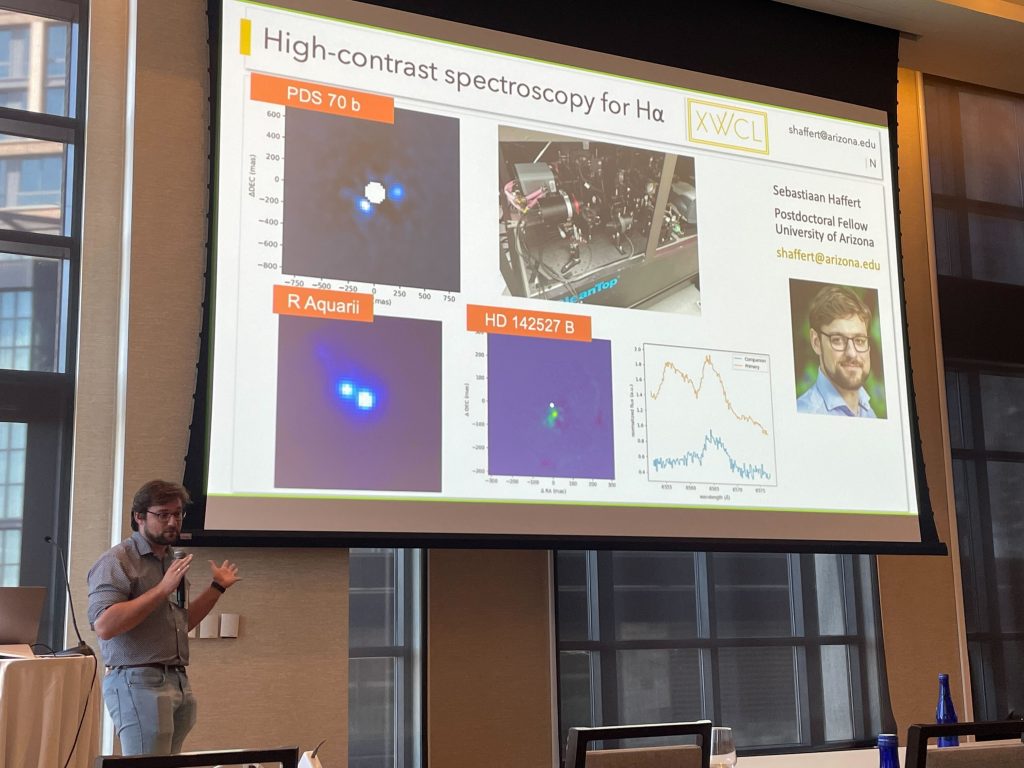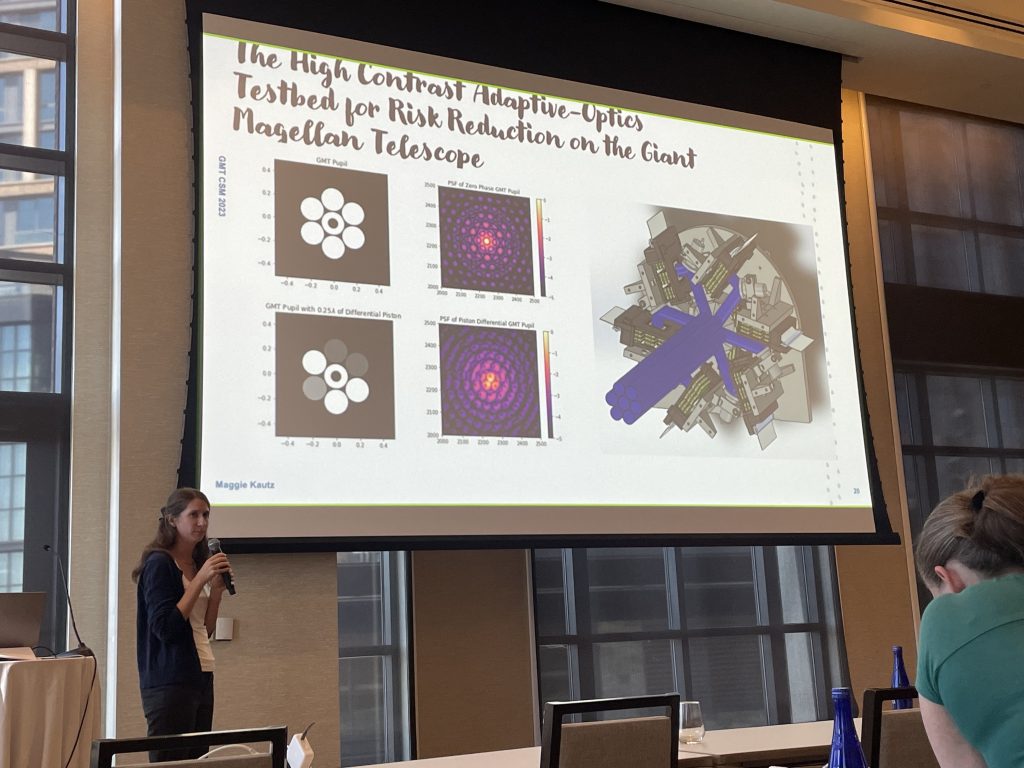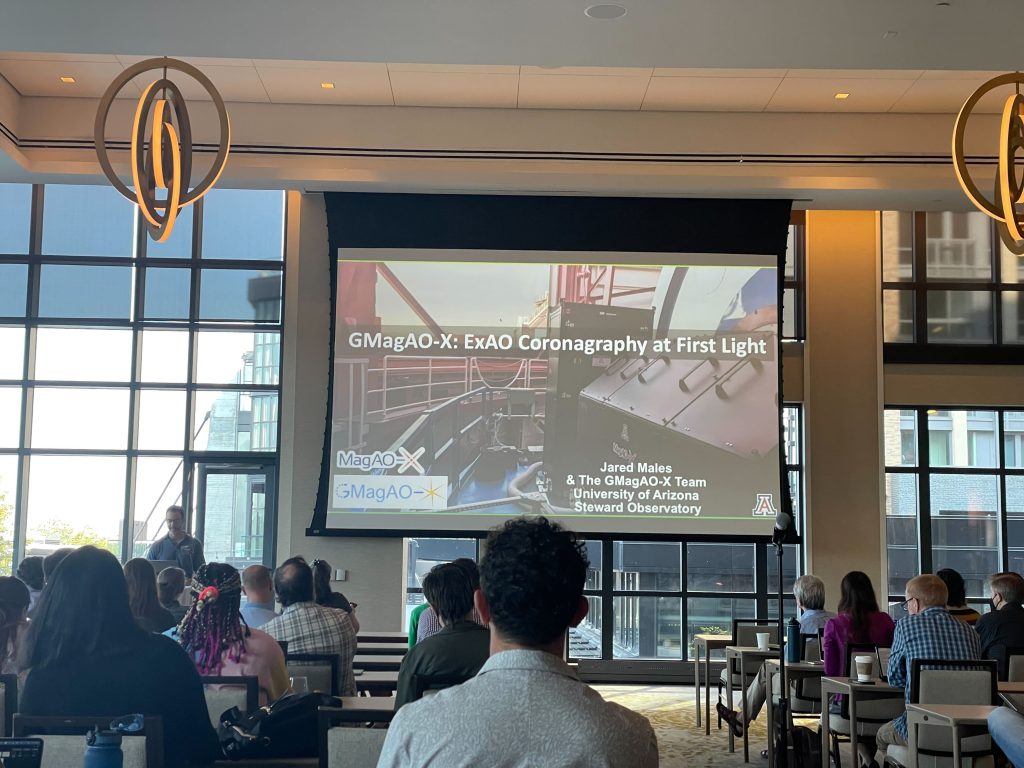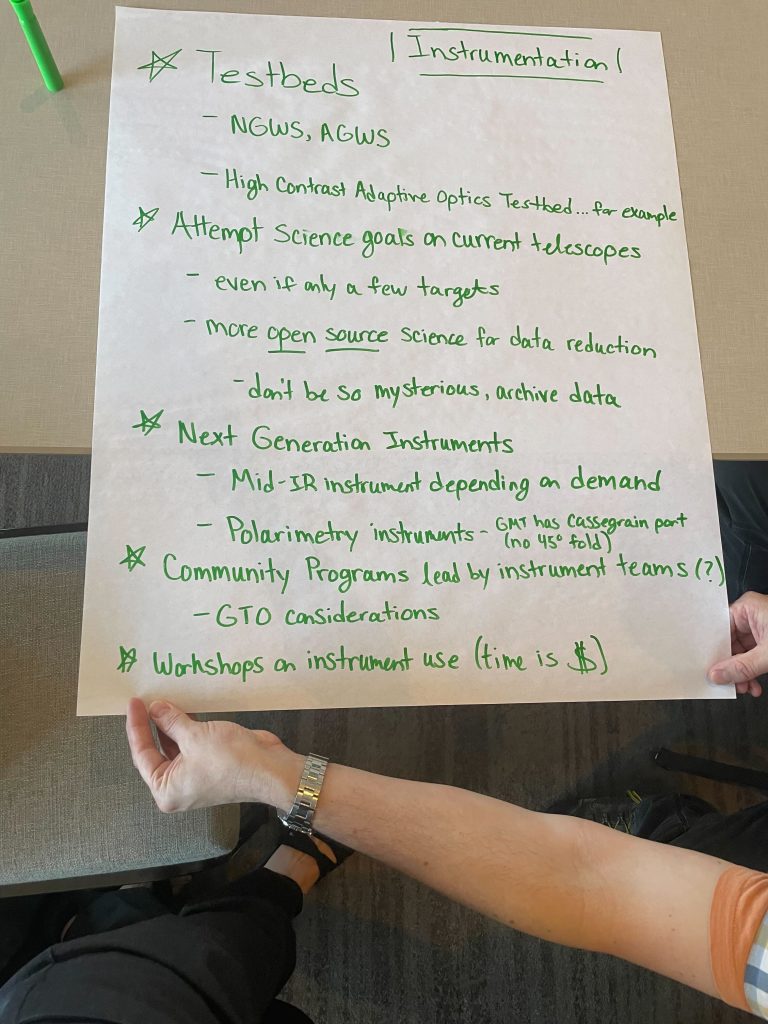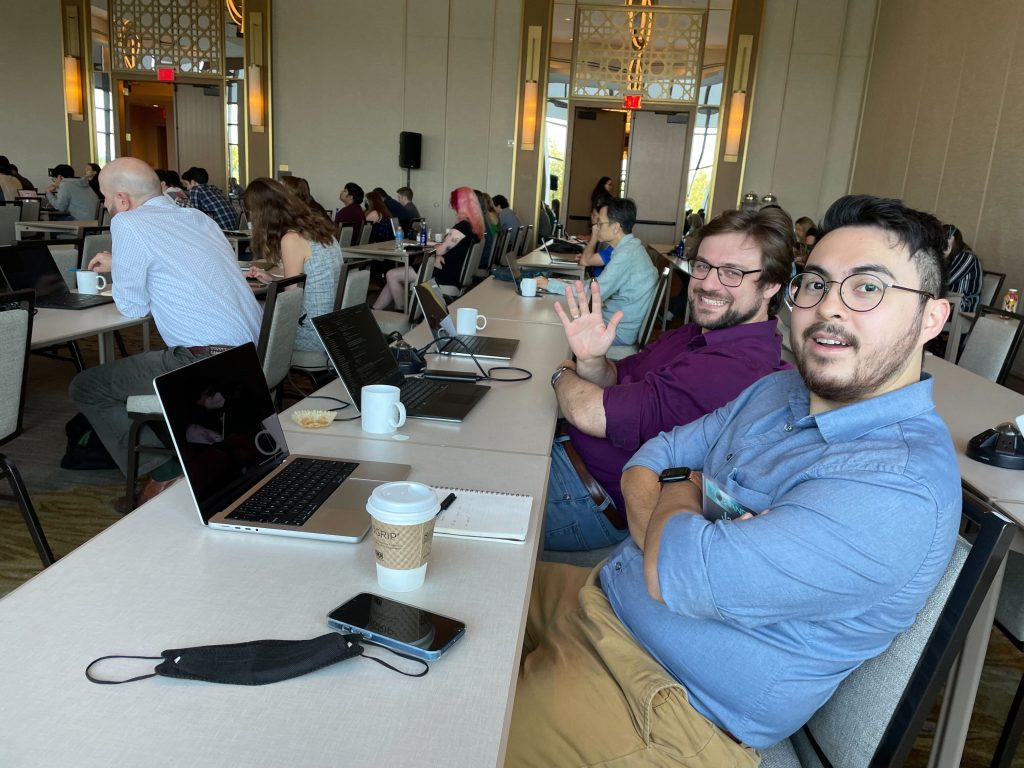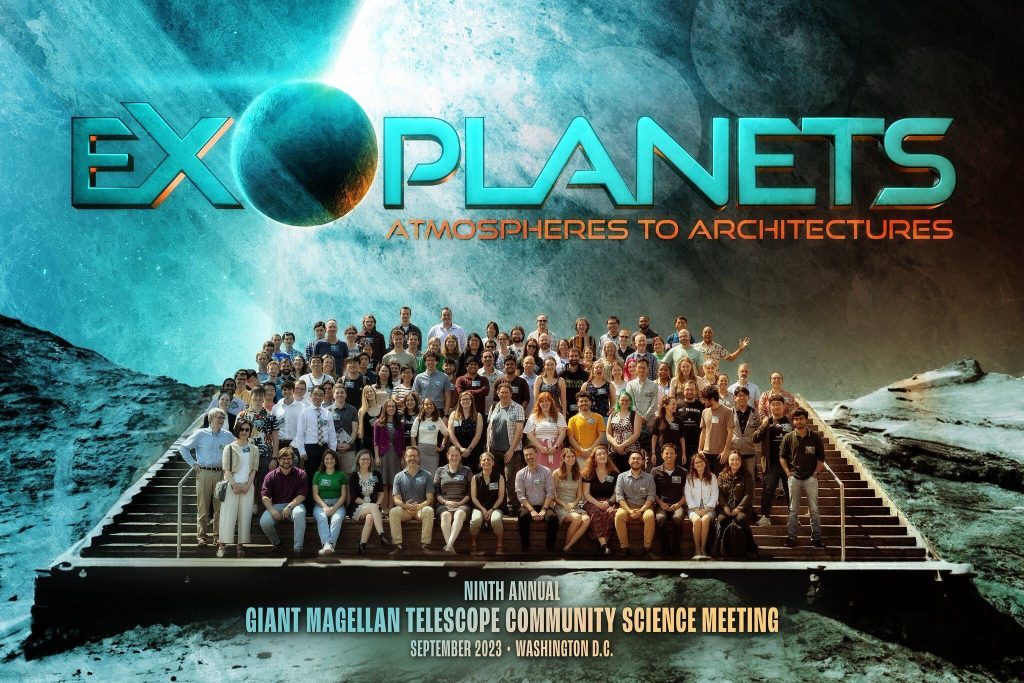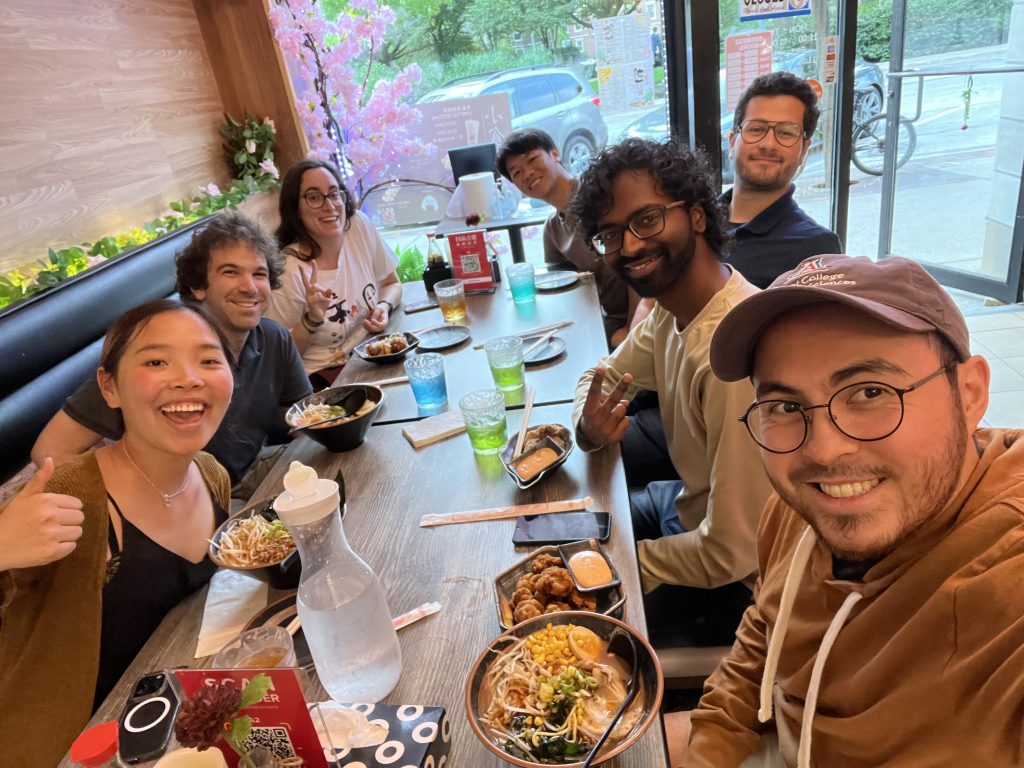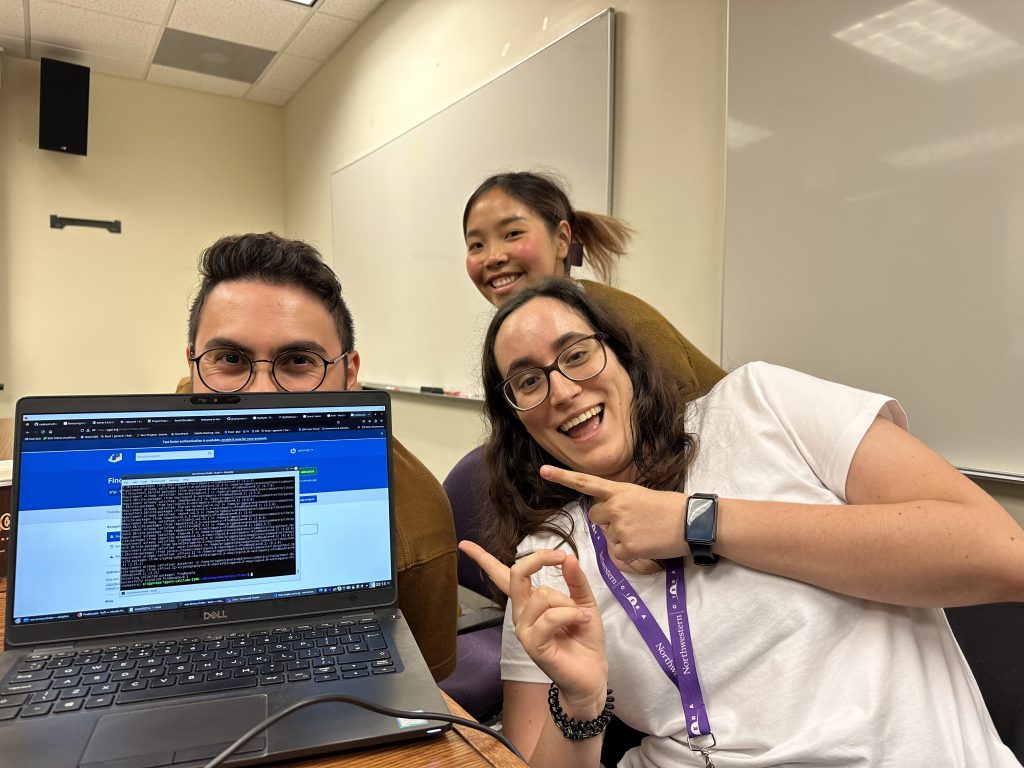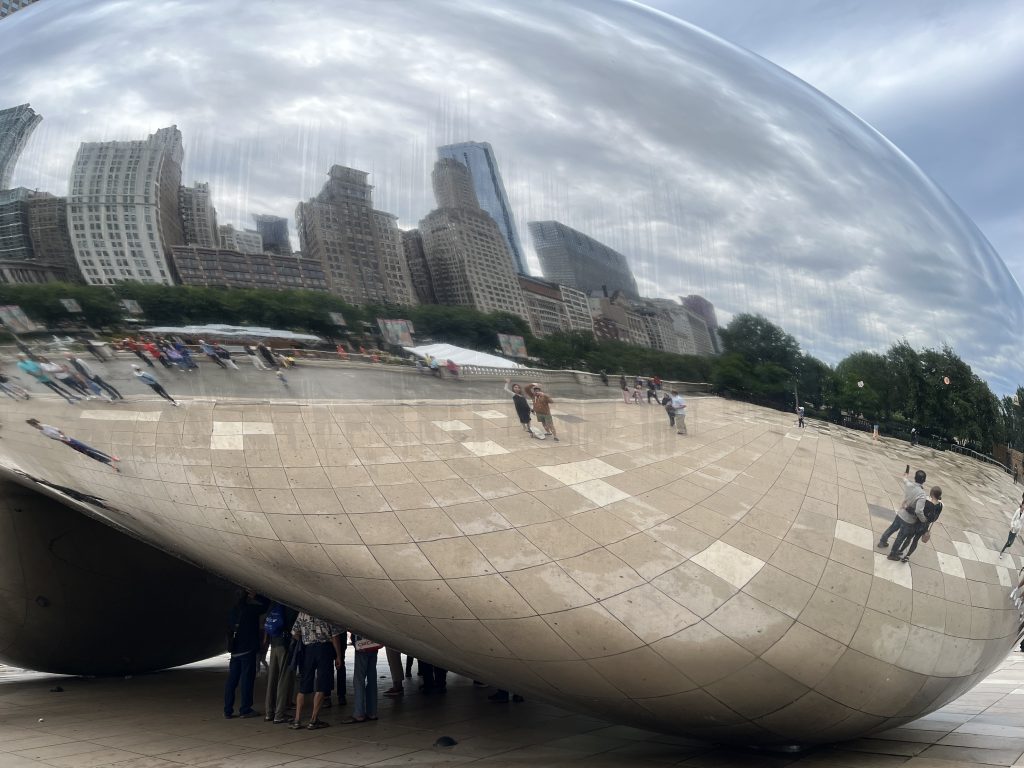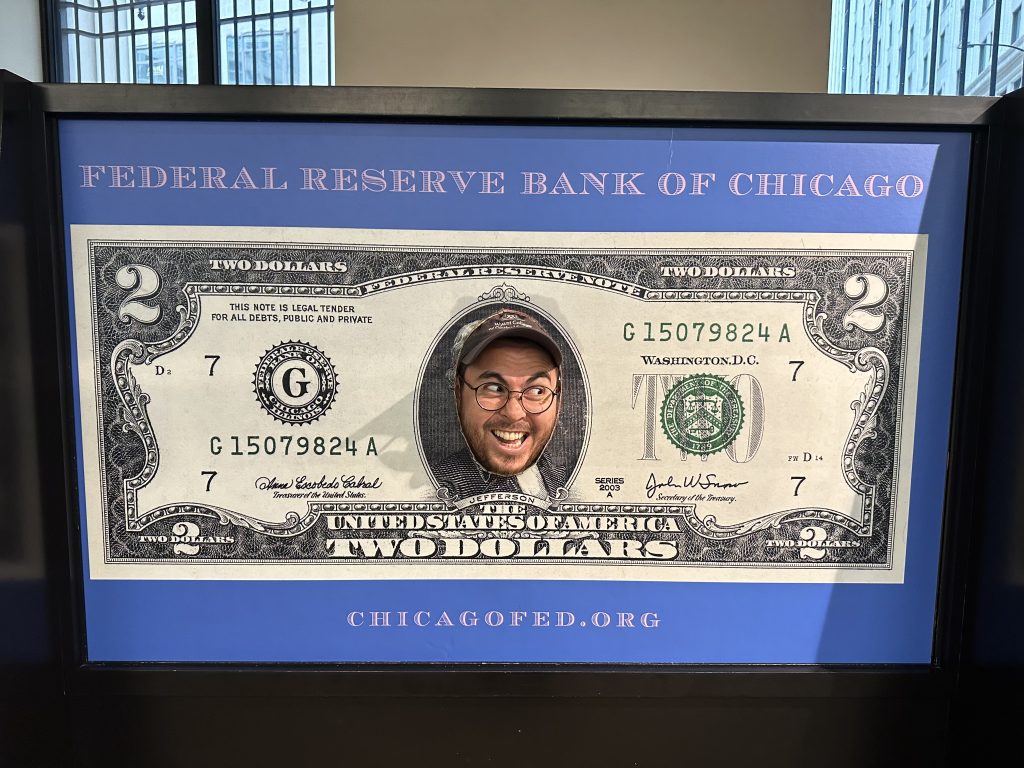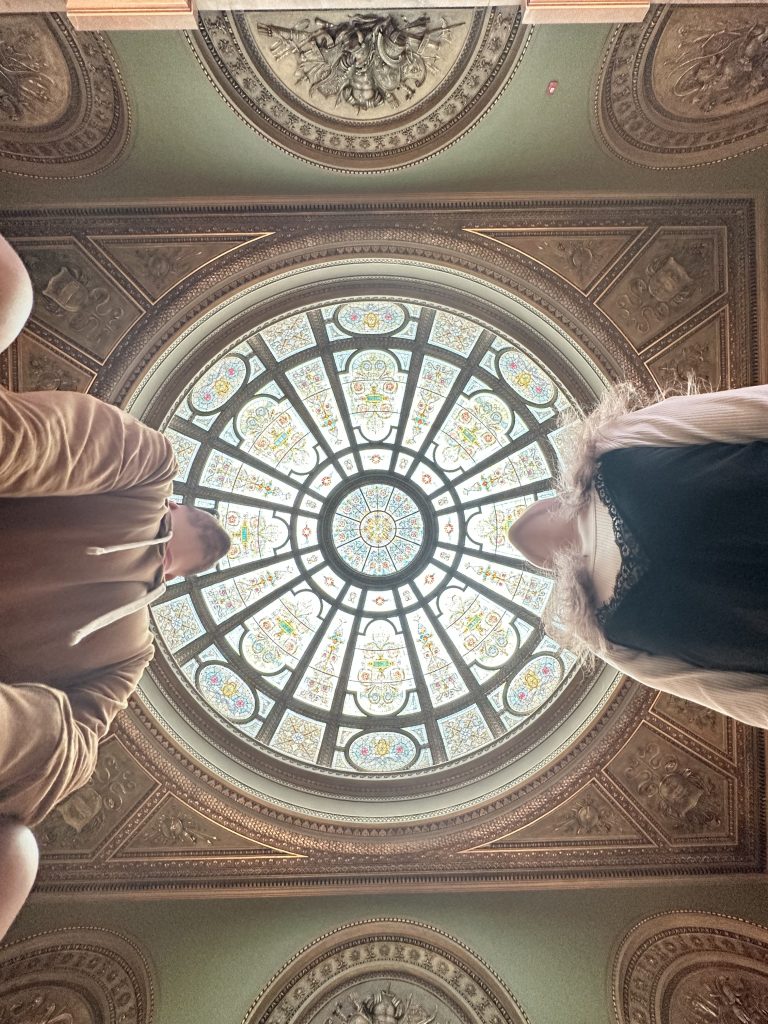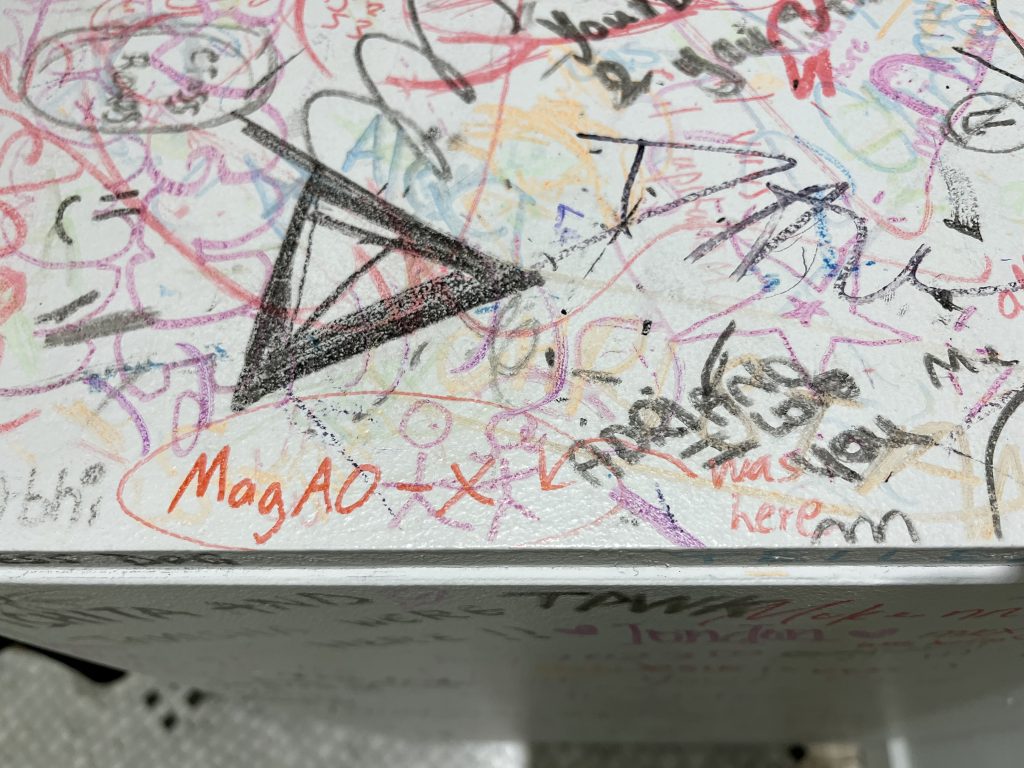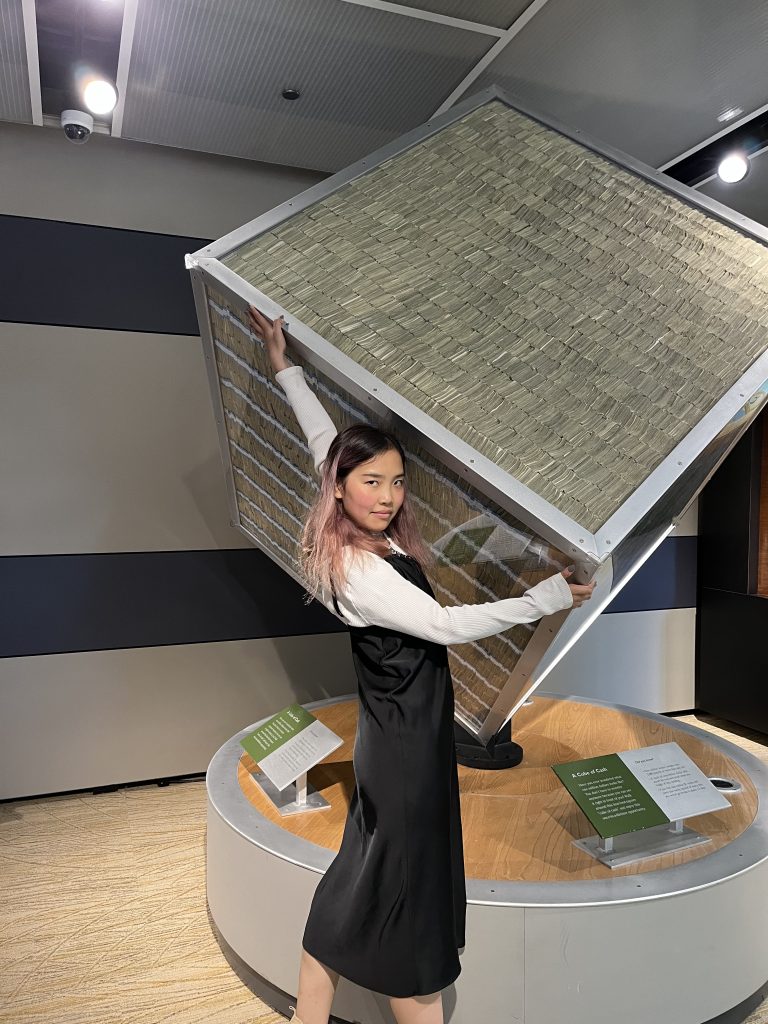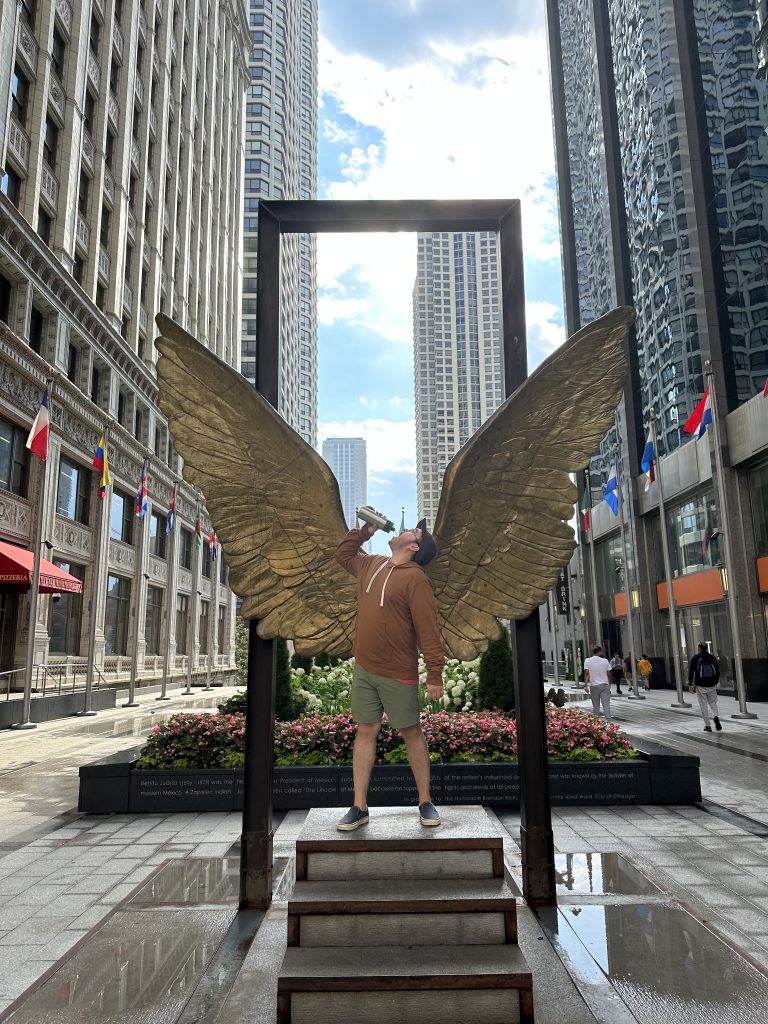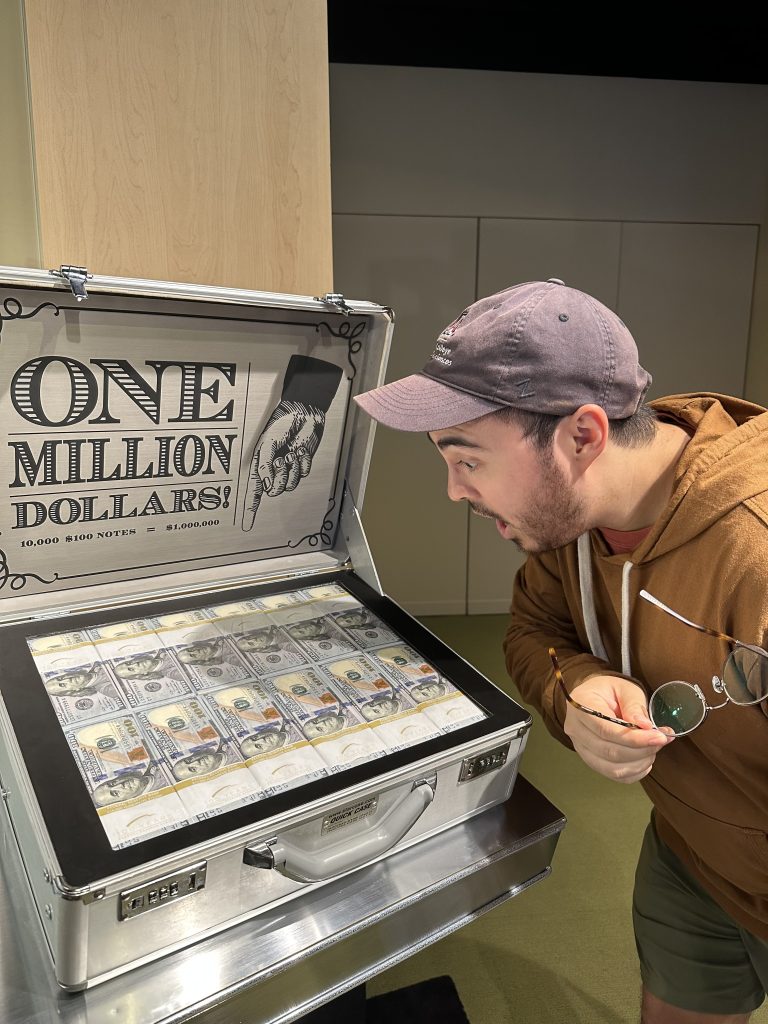See what I did there? Heh, heh, heh. I hereby present to you a recap of the 2024 NYRIA workshop at UC San Diego–Josh style.
Day 0: Arrival
I arrived in San Diego with multiple hours to kill before my hotel check-in time. After acquiring recommendations from family members, I made my way over to the “Gaslight Quarter” (as it turns out, this is actually the Gaslamp District). I then walked into Petco Park–home of the San Diego Padres baseball team.

I was a bit surprised that the stadium gates were left open to the public, but I suppose the Padres team is used to letting people walk all over them.
After reaching the hotel, my roommate Gustavo and I ran to a nearby Starbucks for some last minute presentation edits/homework assignment submissions.
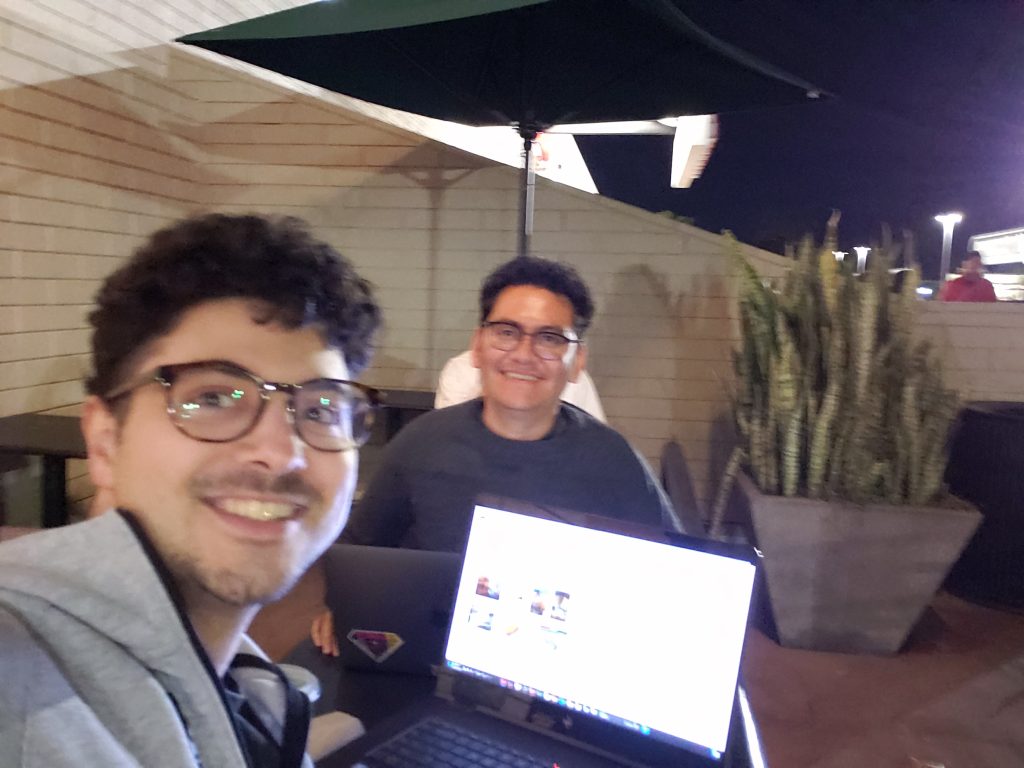
Day 1: Intros + Tours + Beach Day
On my walk to the workshop, I briefly considered dropping everything to join Saturnia, Emperor of Moths, in their rock band but I thought better of it.
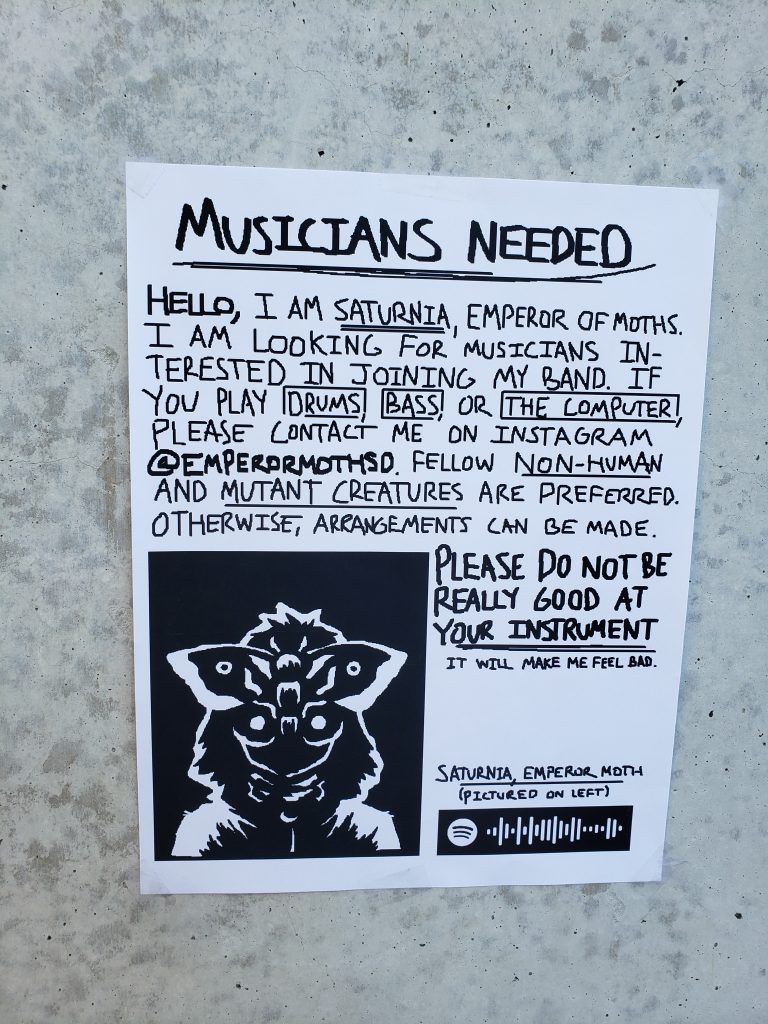
Maybe next time.
In the opening session, we were treated to a great presentation from Professor Quinn Konopacky on the history of UCSD. Quinn also provided us with a brief update on the status of the Gemini Planet Imager.

We then introduced ourselves via some stylish slides.
Jonas wins for best use of photoshop while Weerapot wins for best use of the International Space Station as a green screen.
We next went on lab tours, seeing many a detector and dilution fridge.
Following the lab tours, it was time to kayak. Along the way, Olivier’s RTC software made an appearance.

I have no pictures from kayaking but perhaps that is for the best. Aditya and I managed to crash into every kayak on the high seas at least once. However, we did see some seals, sea lions, and orange fish (garibaldi) so the excursion was very much worth it.
We concluded the day with pizza and smores on the beach (photos courtesy of Weerapot). Unfortunately, no green flash was spotted this time around.

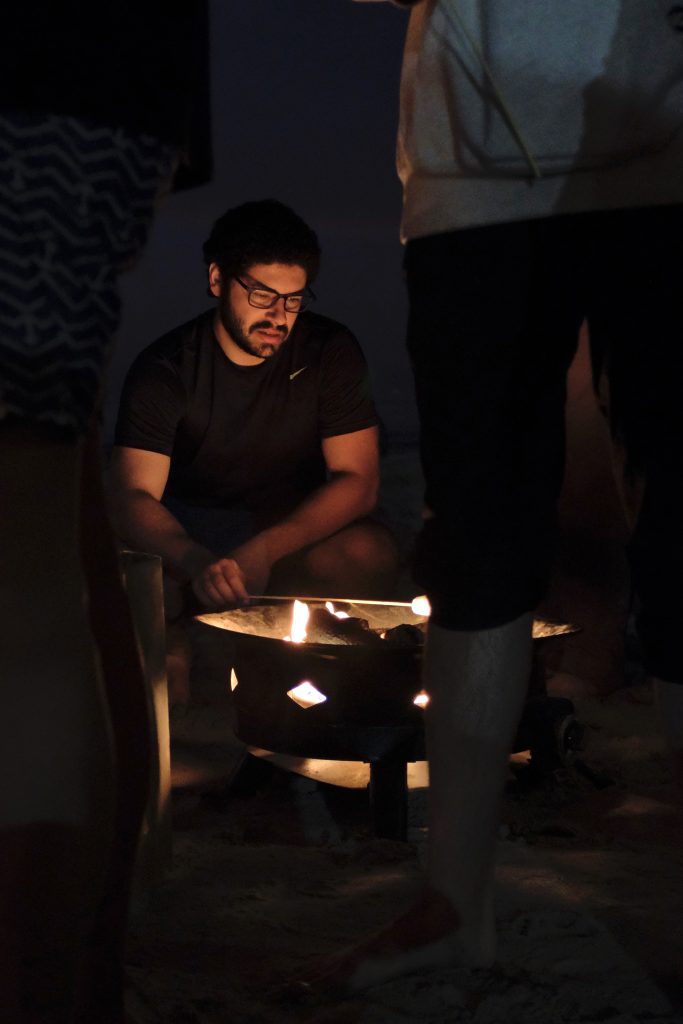
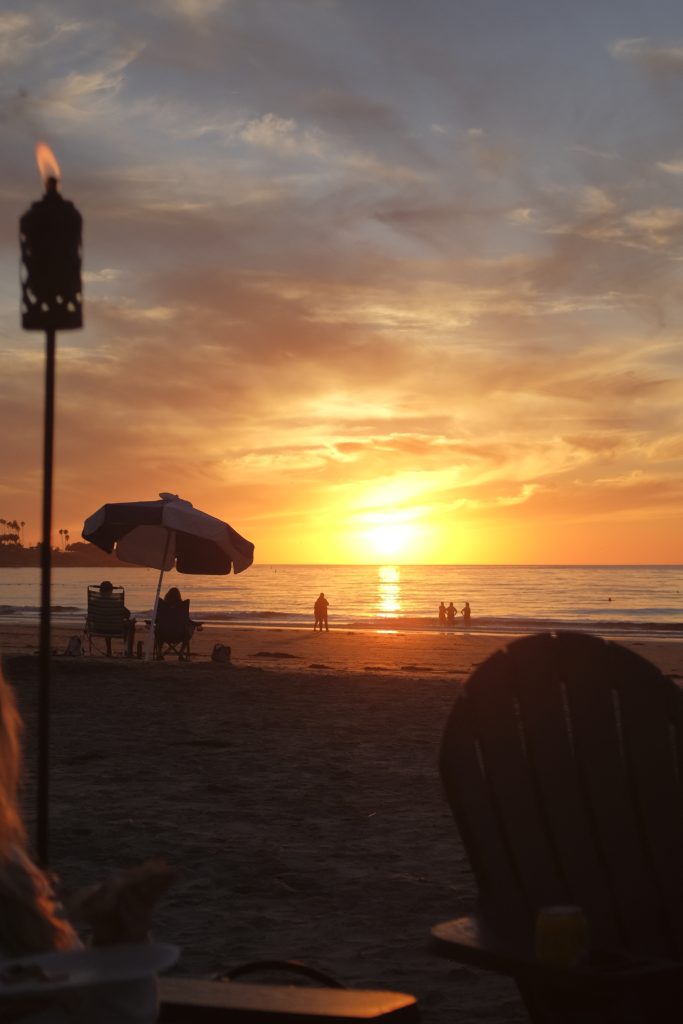
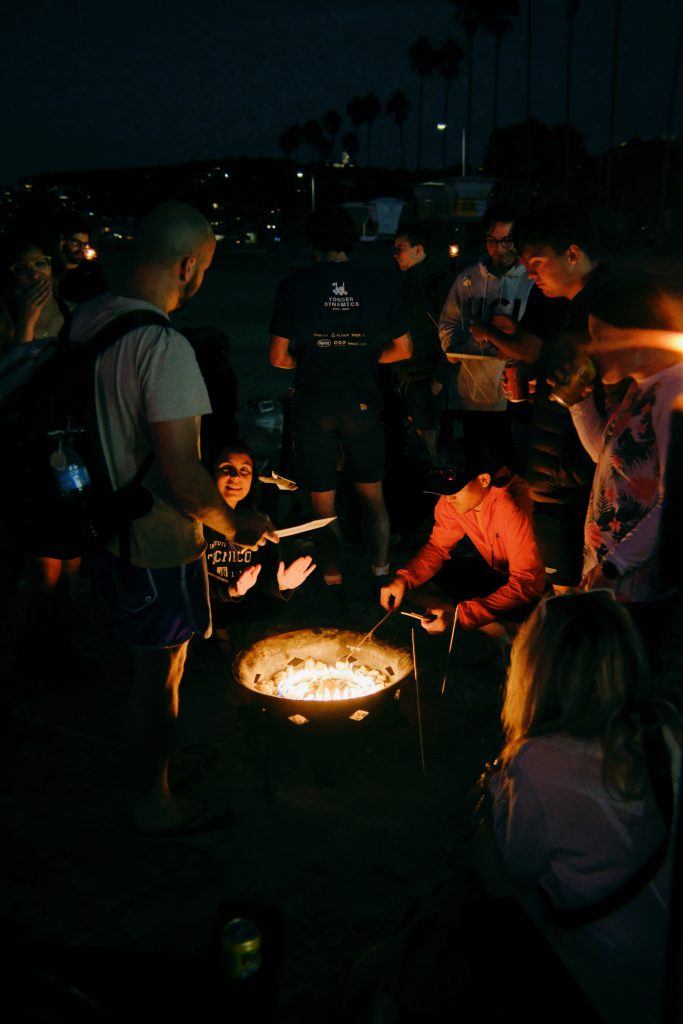
Day 2: Time to Get Down to Business
Day 2 began with a series of talks on instrumentation.
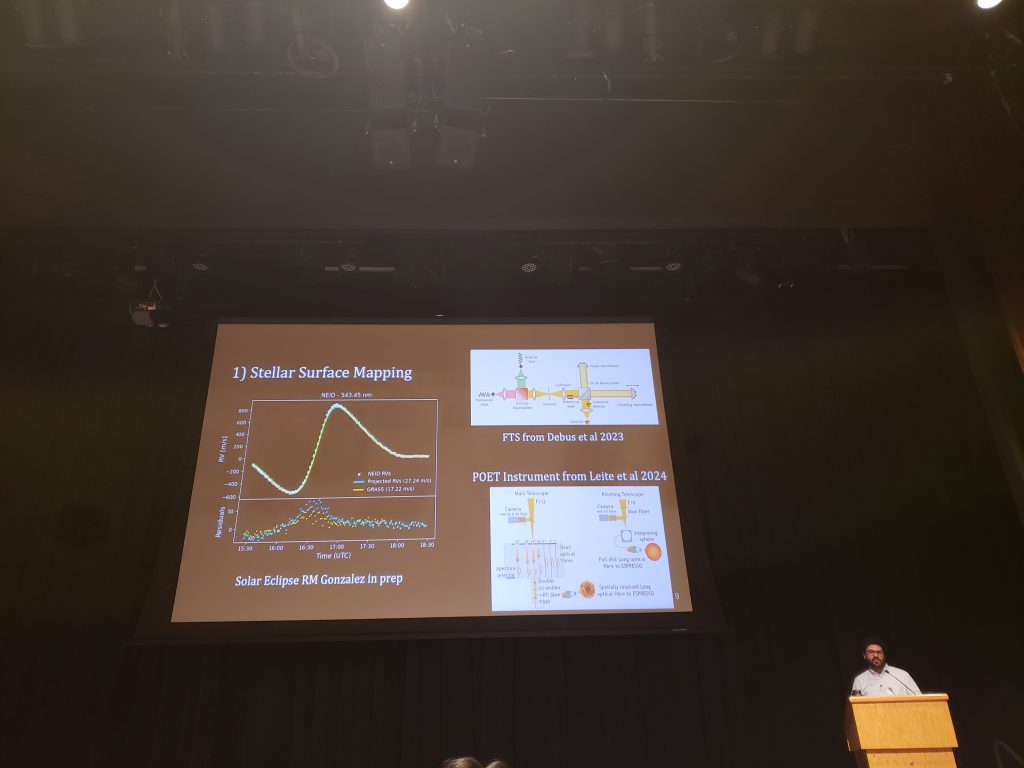
During the lunchbreak, Professor Adam Burgasser led a DEI workshop on adopting a growth mindset. One of the prompts was ‘Your instrument was awarded $30 million…’
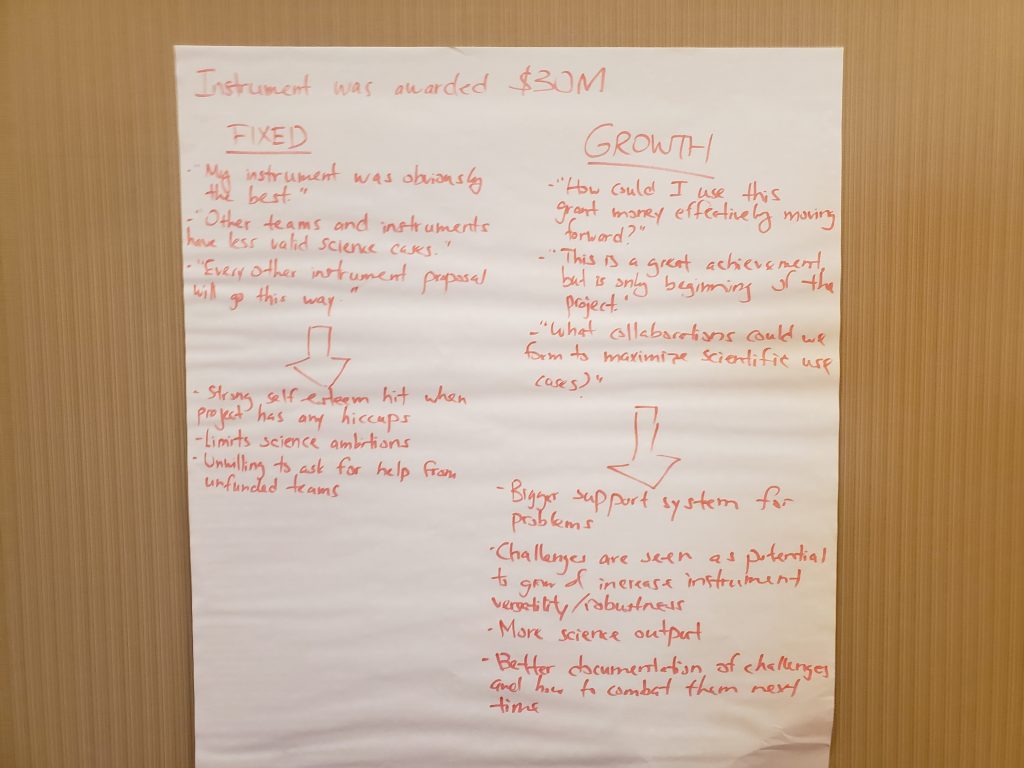
The afternoon session featured more exciting talks. My roommate, Dr. Gustavo Ramos, fresh off of a PhD thesis defense, gave a great talk on his star recognition algorithm.

Some additional highlights from the talk session:
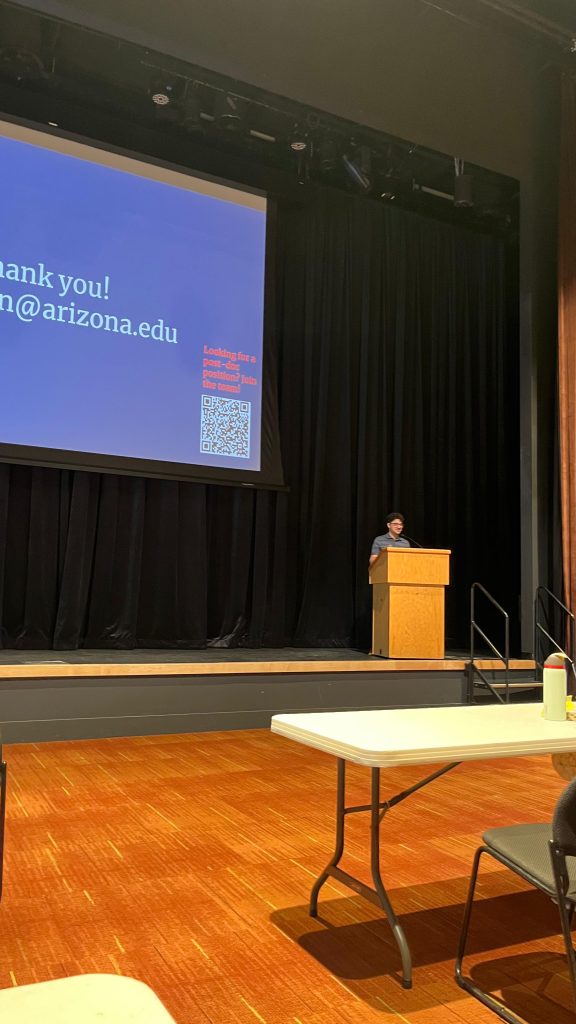
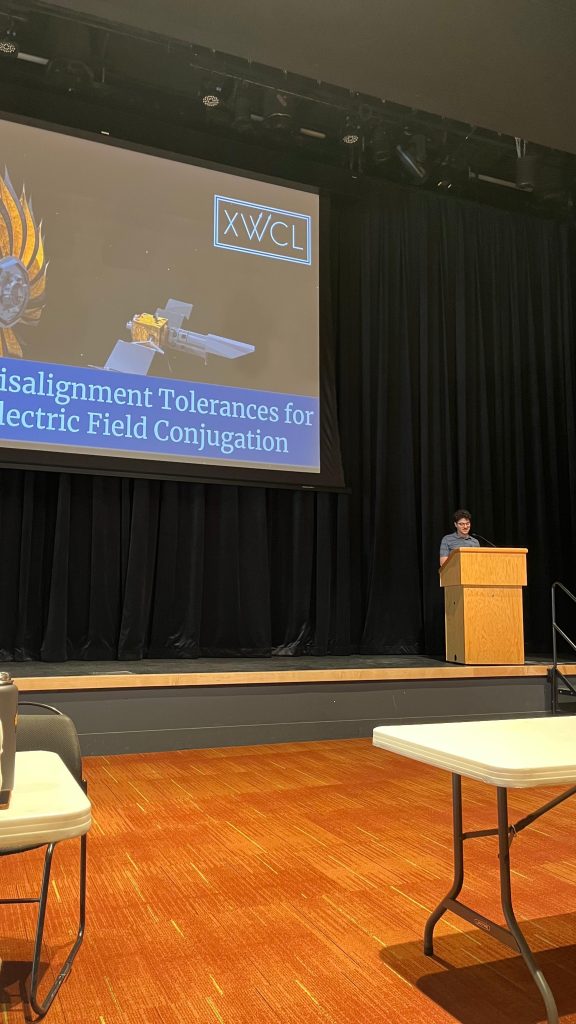
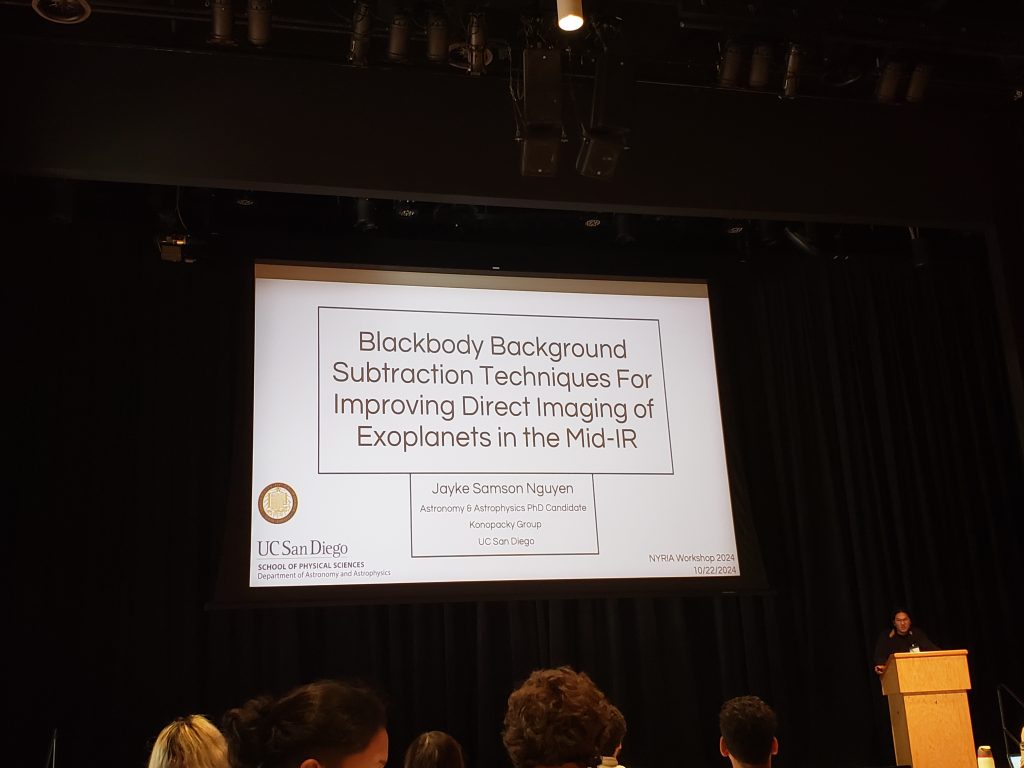

Upon returning to my hotel, I was greeted by an ominous warning on the microwave.

Day 3: Talks + Tacos
The morning session was filled with additional instrumentation presentations. Here are a few more highlights:
Haffert et al. (2019) count: 2
We were treated to a great career panel during our lunch break, featuring Professor Steph Sallum (she’s a Steward alum!) from UC Irvine, Professor Shelley Wright from UCSD, and Dr. Marie Ygouf from NASA JPL.
We then gathered outside for a group photo followed by tacos.
Day 4: Field Trip
Thursday featured a field trip to the Palomar Observatory, sponsored by Oreos and Jersey Mike’s.
I’m growing tired of typing, so here are the sparknotes:
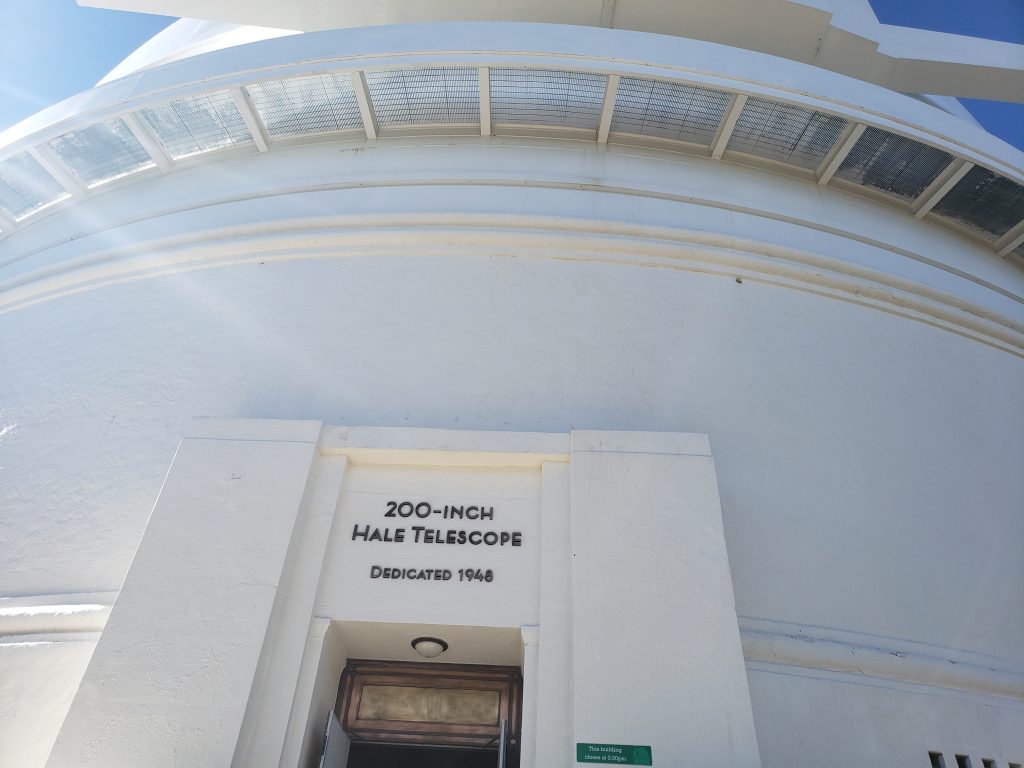

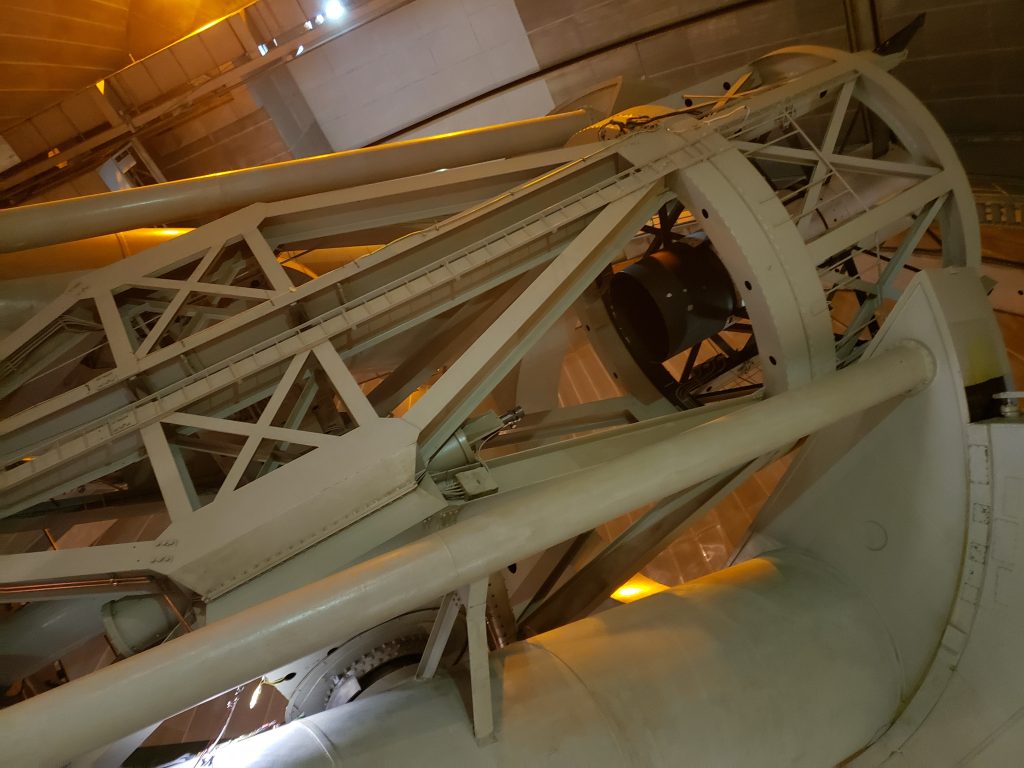
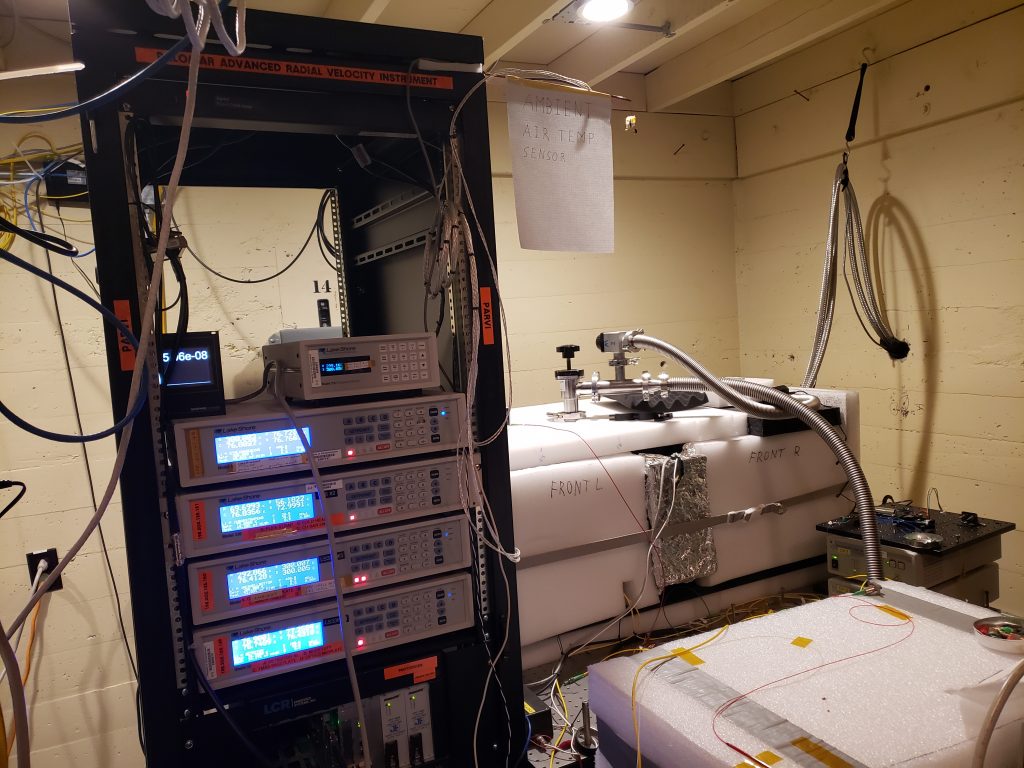
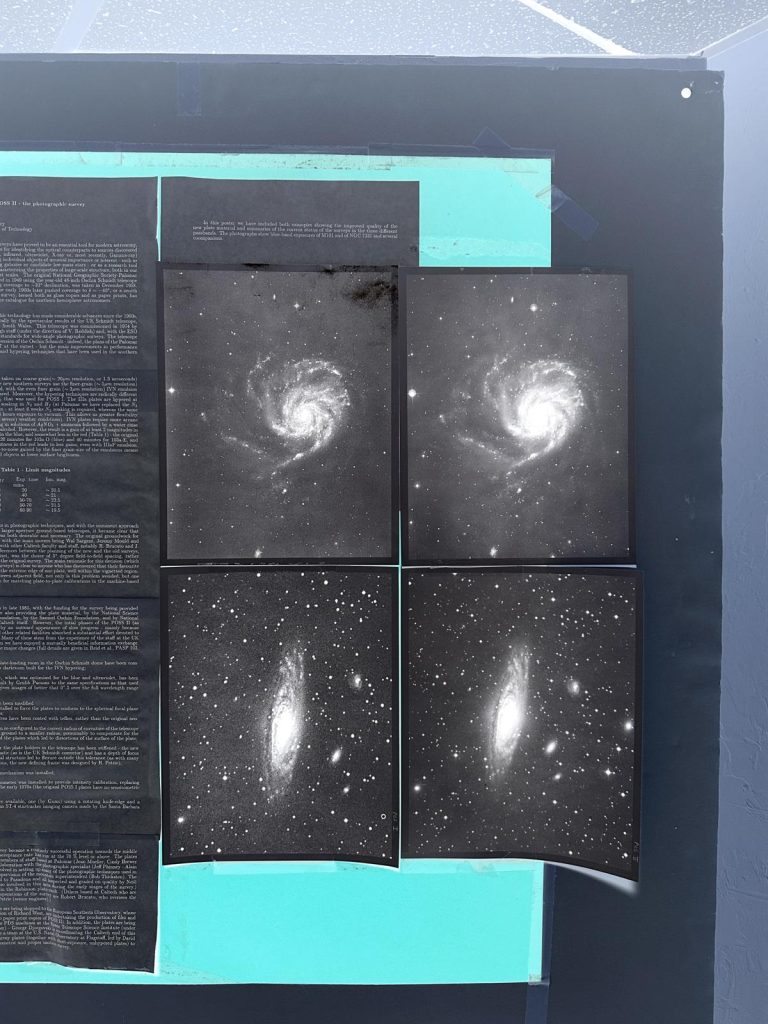
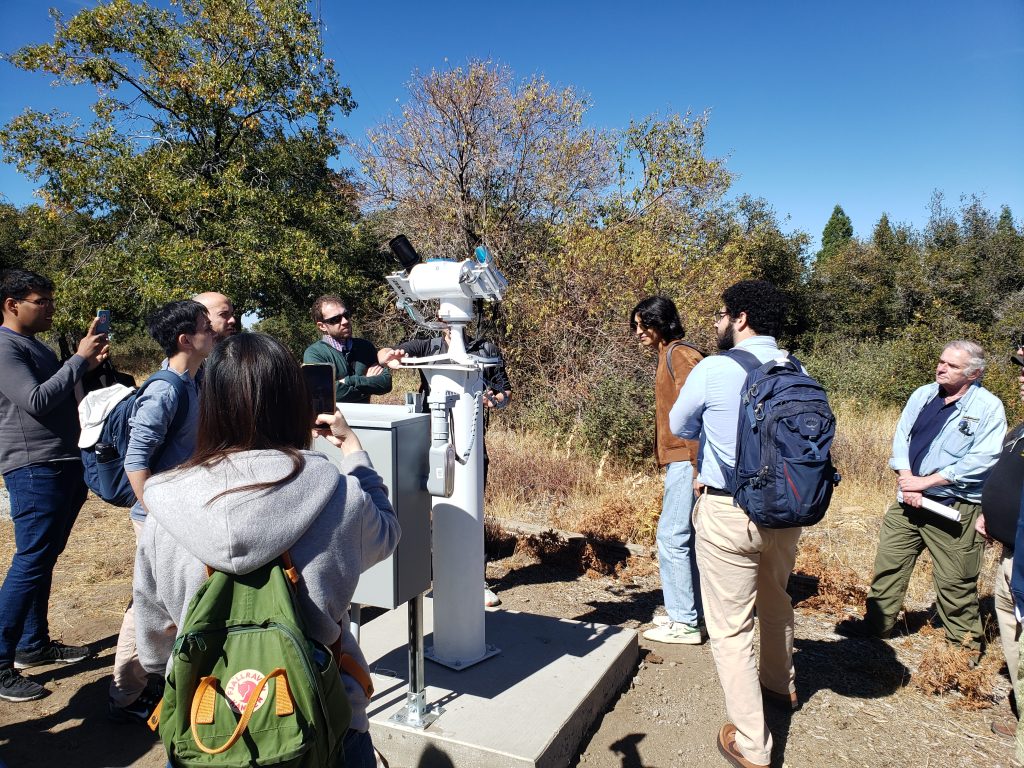

Day 5: More Talks, More Tacos + Closing + Green Things
Day 5 is dedicated to the color green. Thus, I present some green things:
1.) Philz Coffee
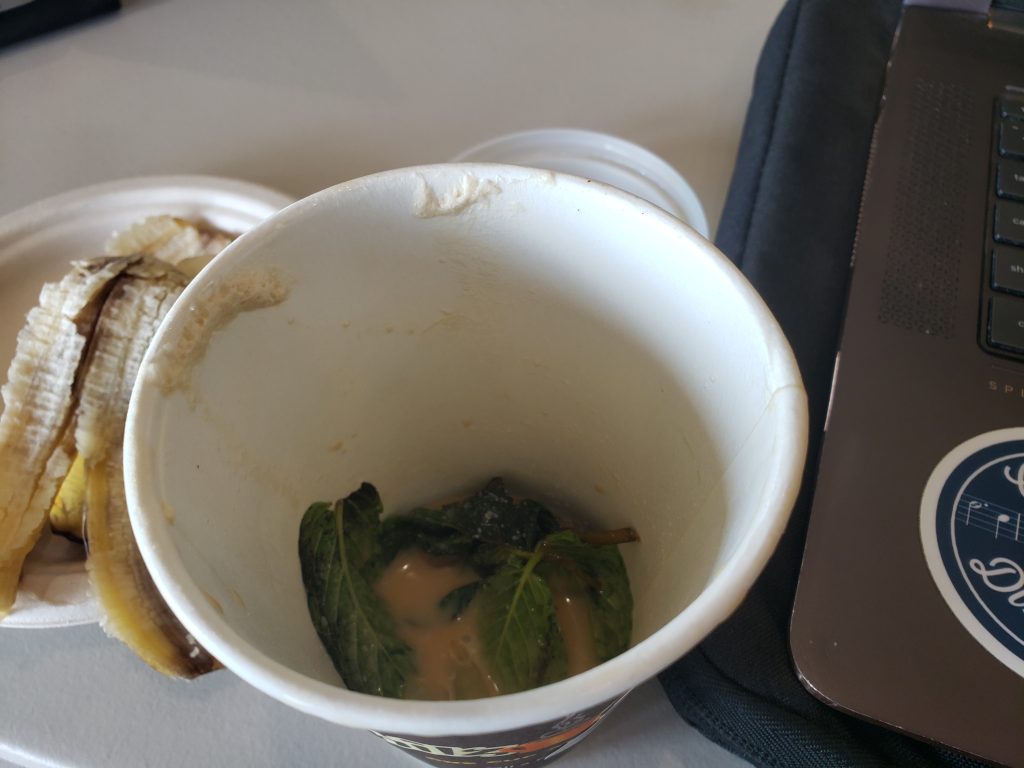
2.) Our hackathon final project presentations (the prompt was to build a green telescope).
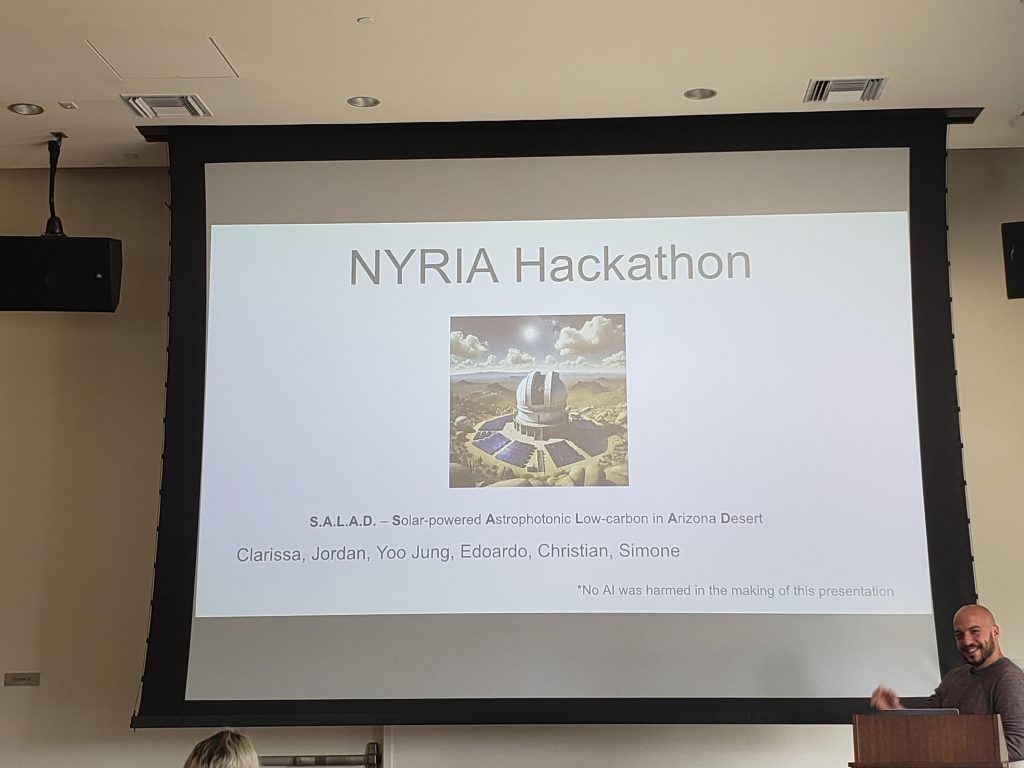


3.) Dr. Saavi Perera’s closing remarks (not green, but we’ll let it slide)
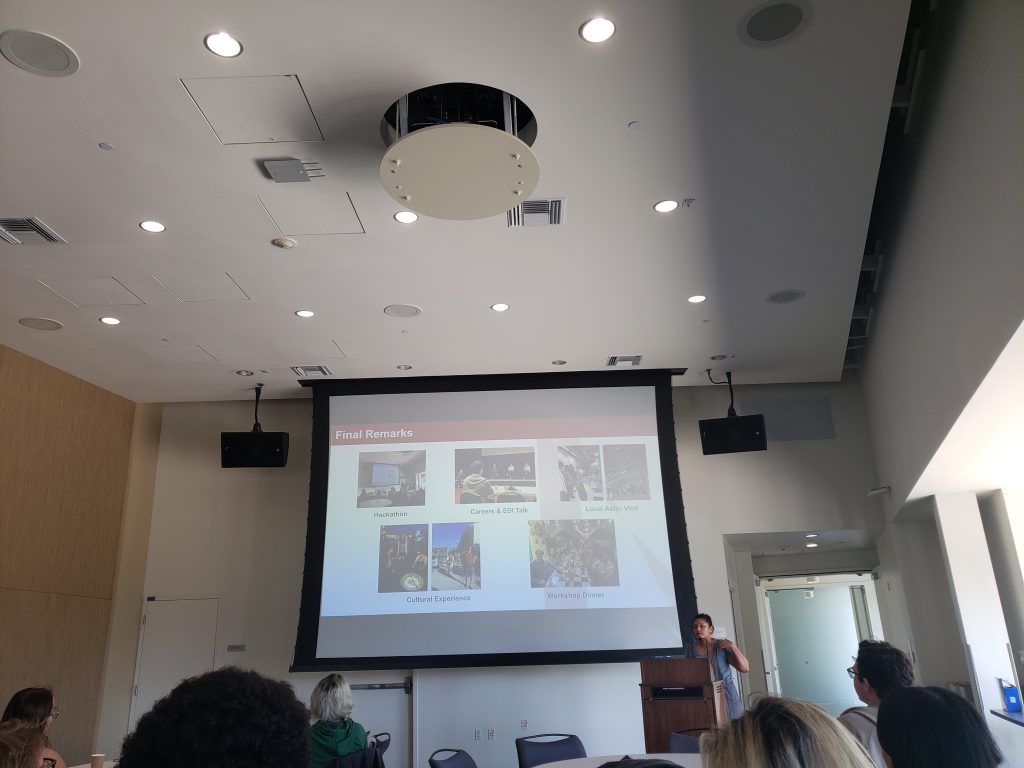
4.) The green scarecrow hats from Tacos El Gordo

A final acknowledgement goes to Danny for his great stand-up comedy throughout the workshop (not pictured because I was too busy laughing of course).
The 2024 NYRIA workshop was a great success. Perhaps we can hold a future workshop in Tucson?

